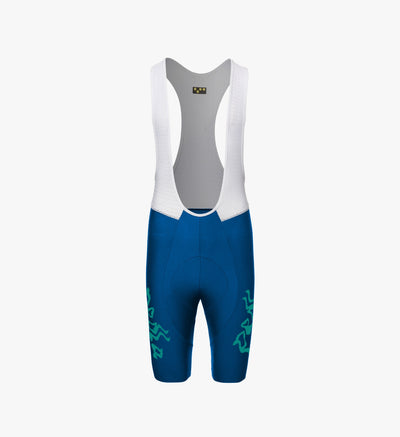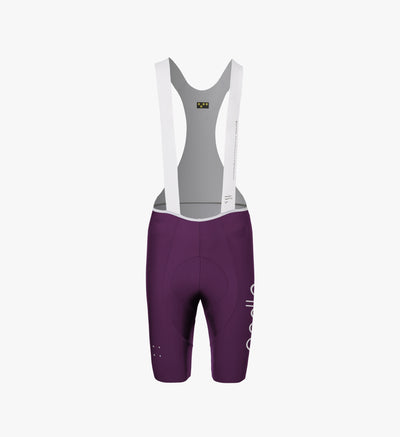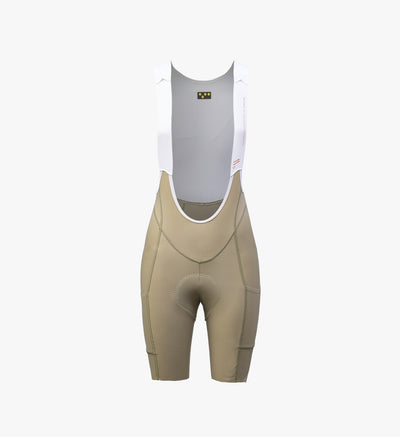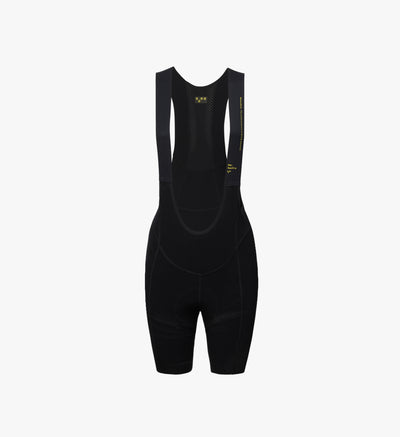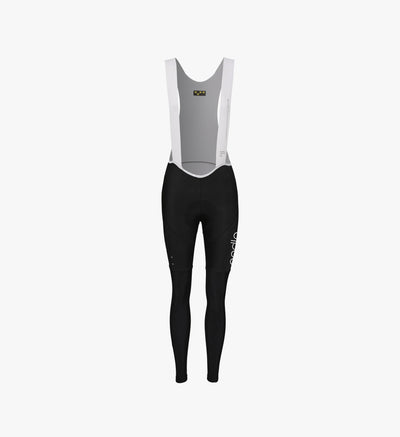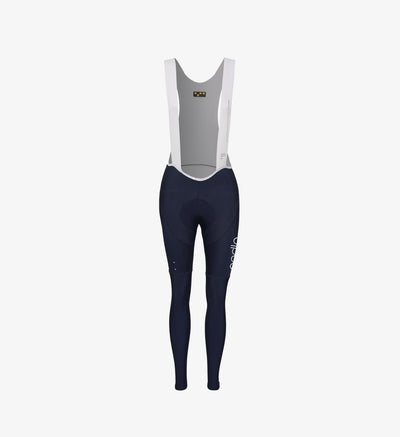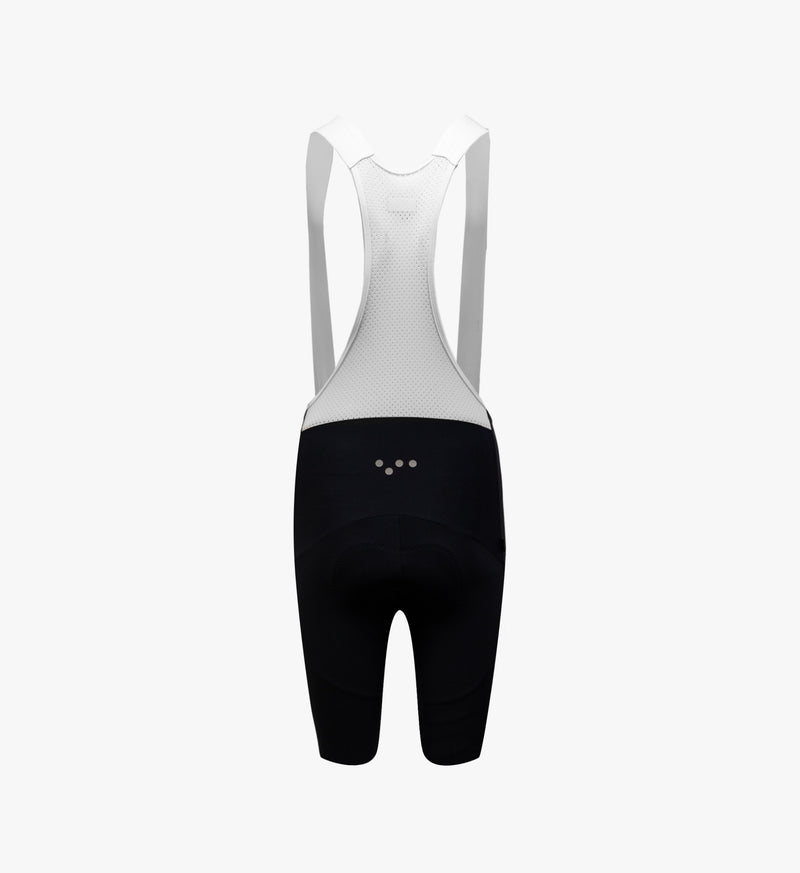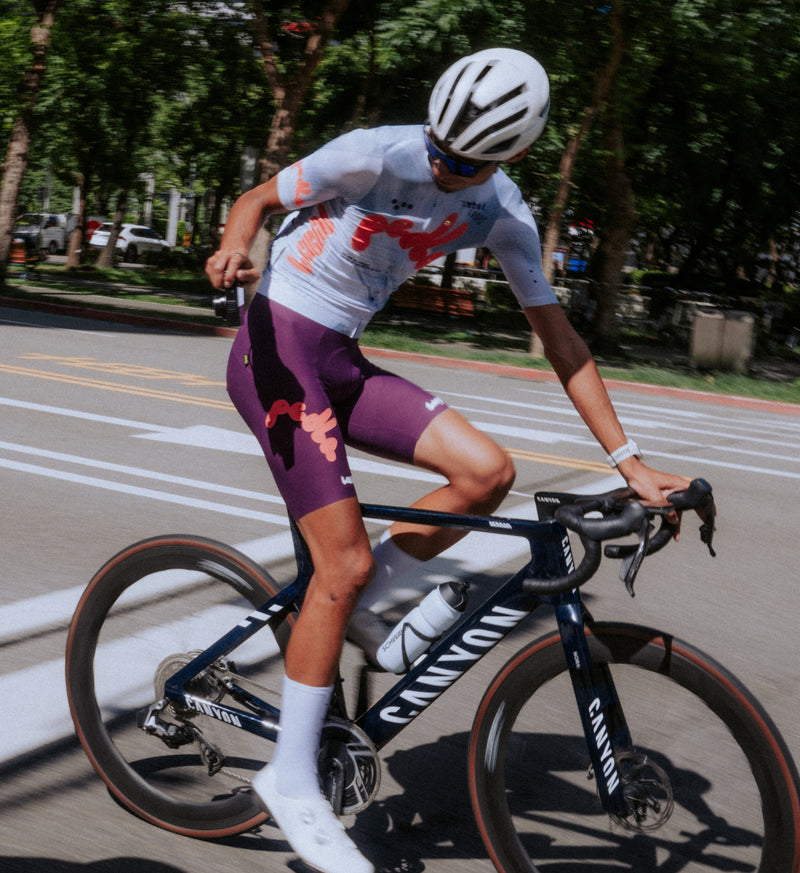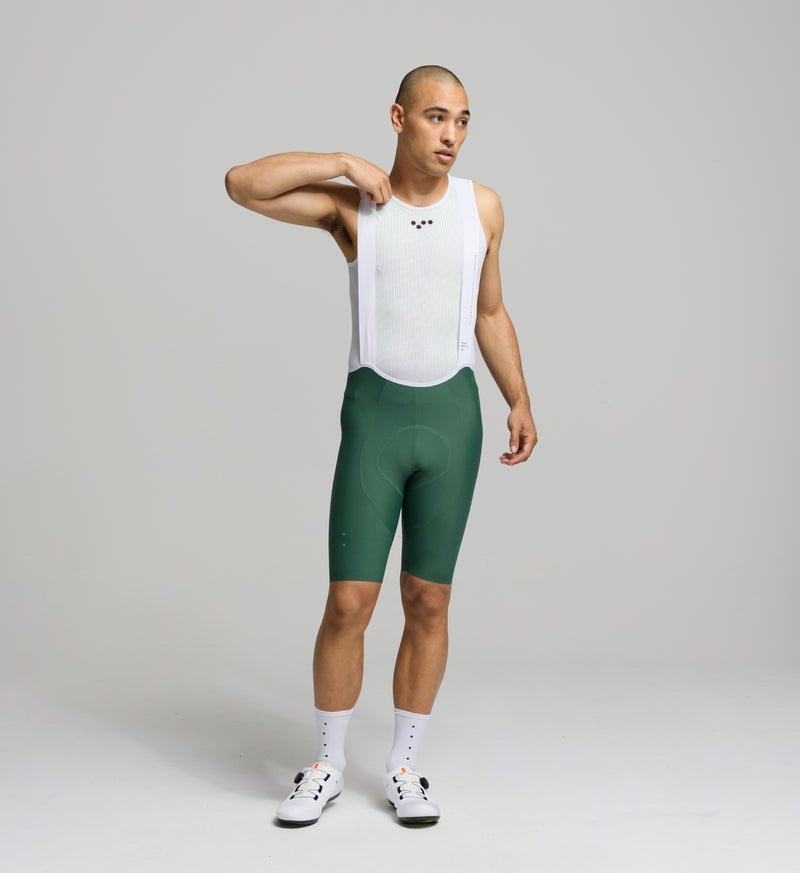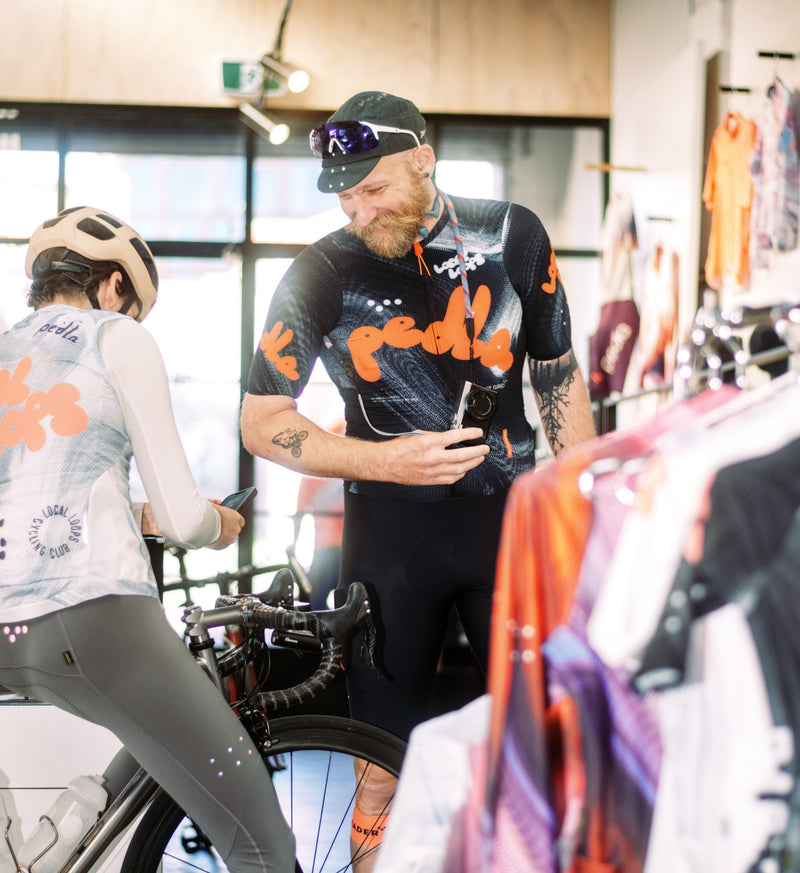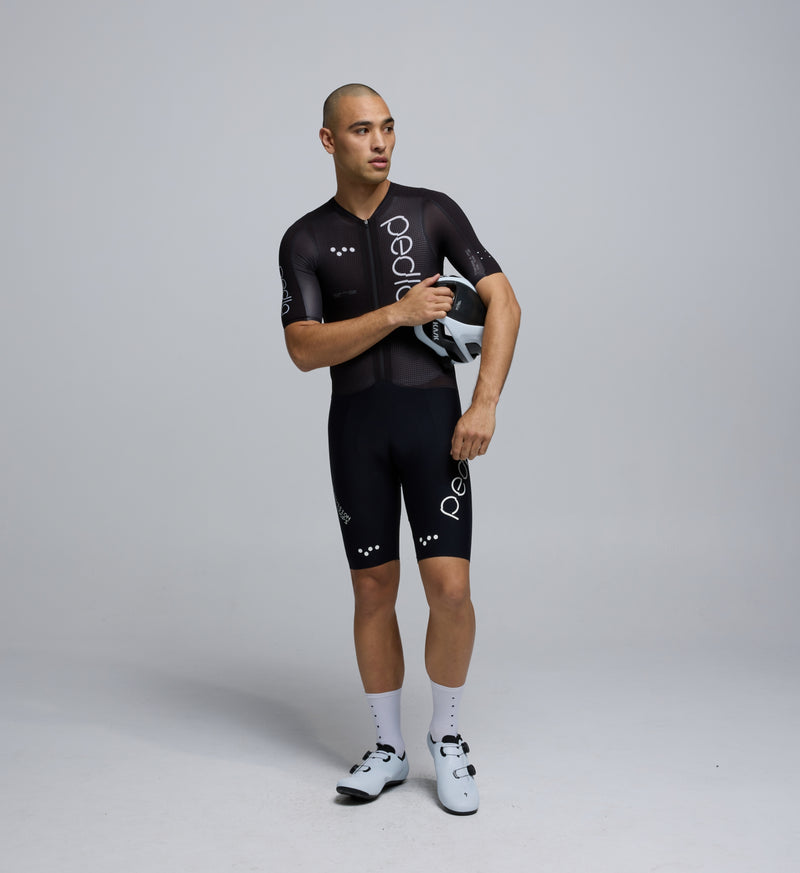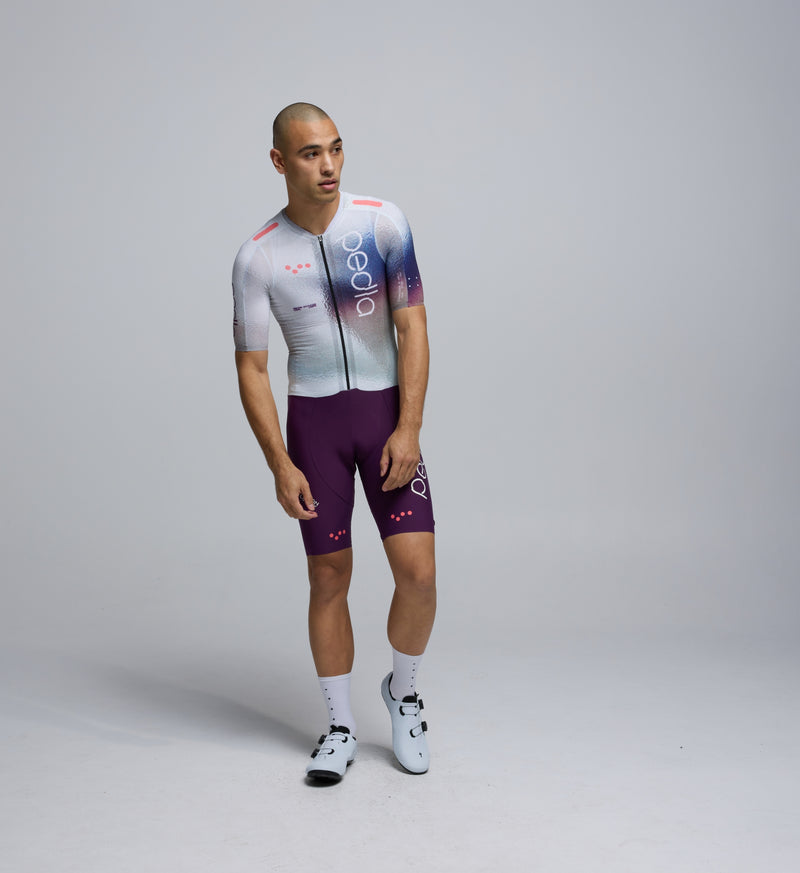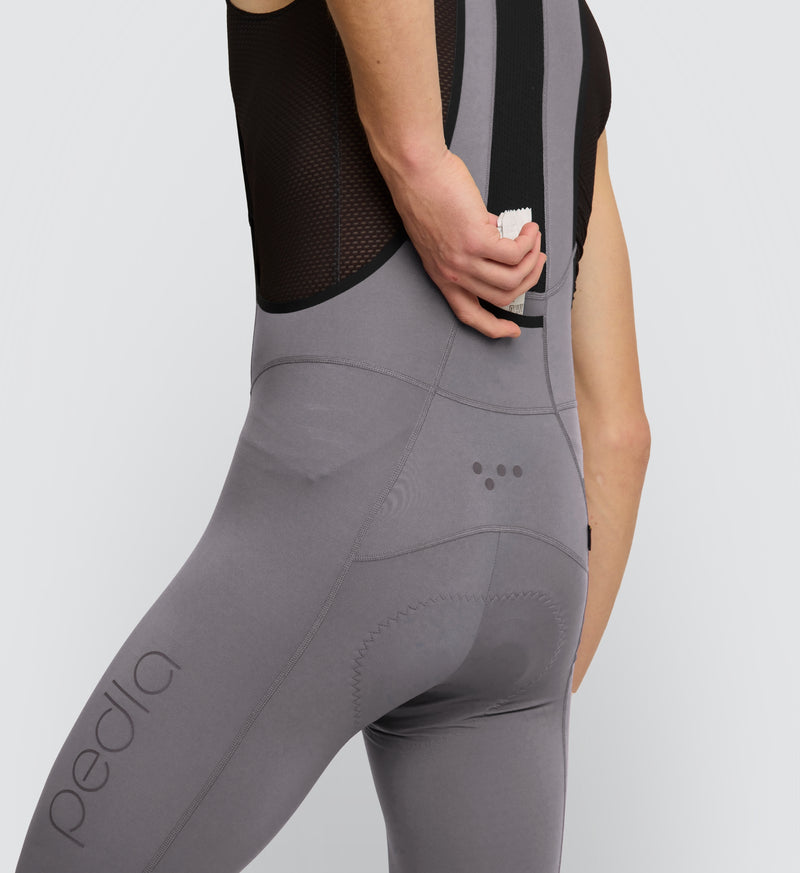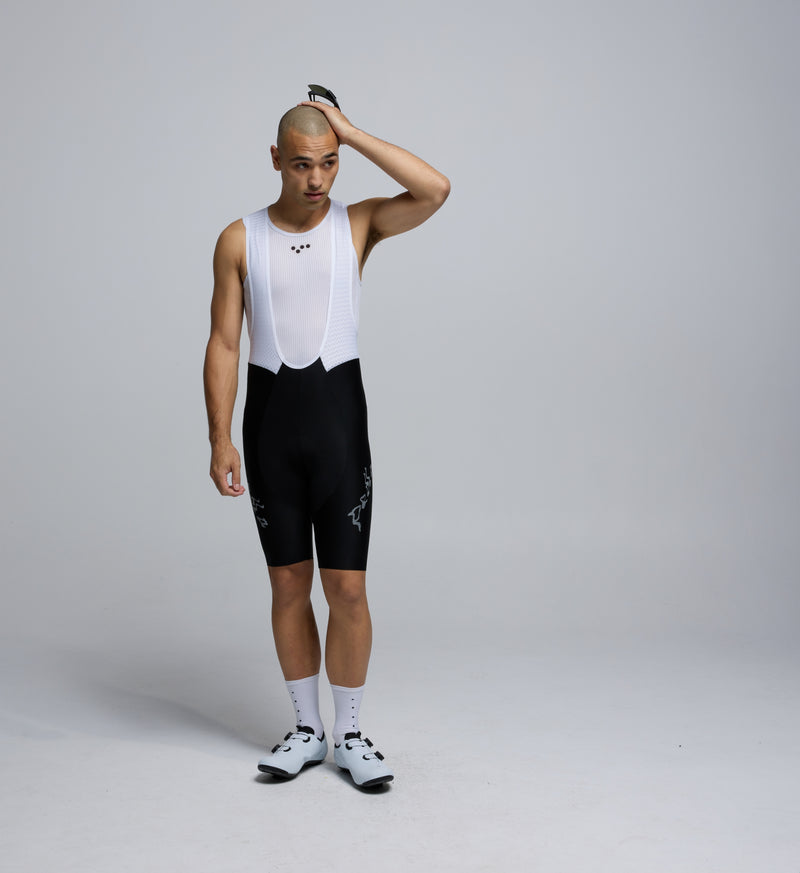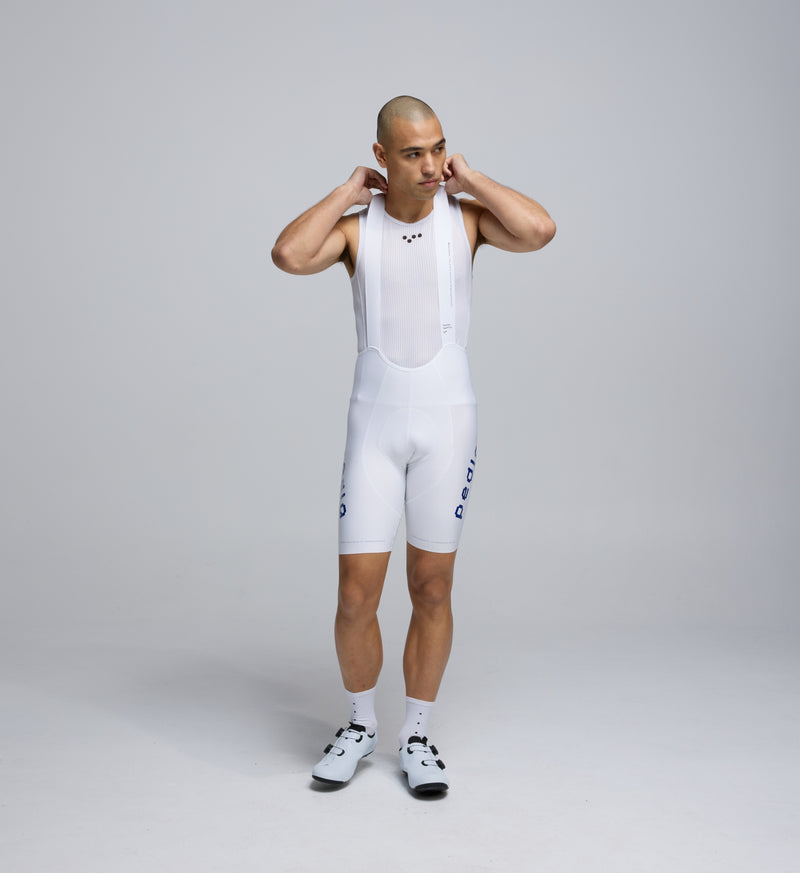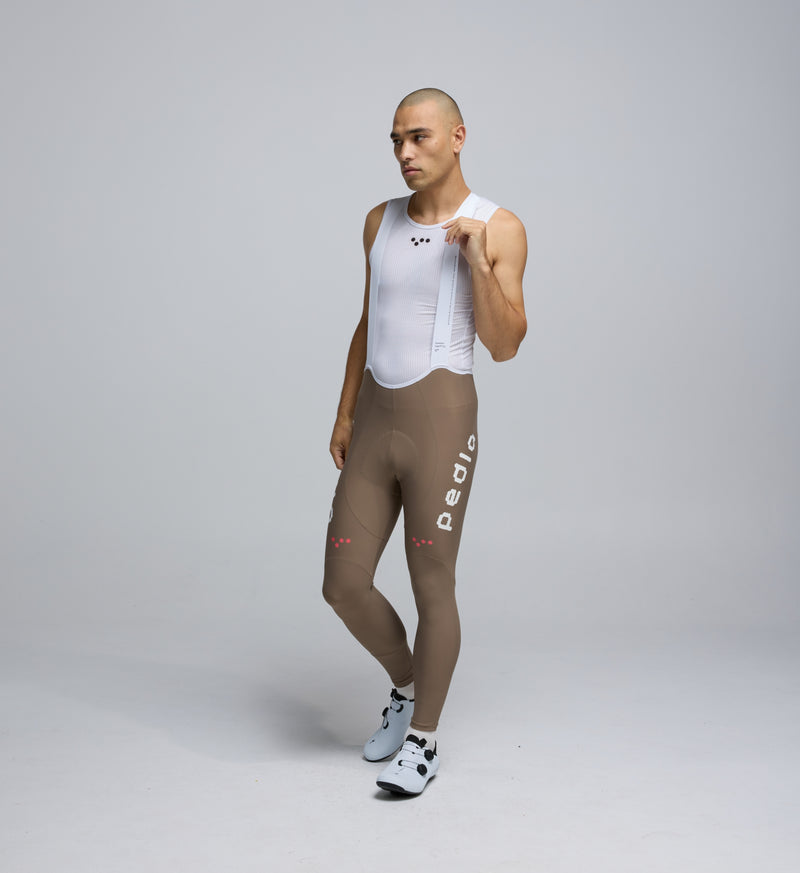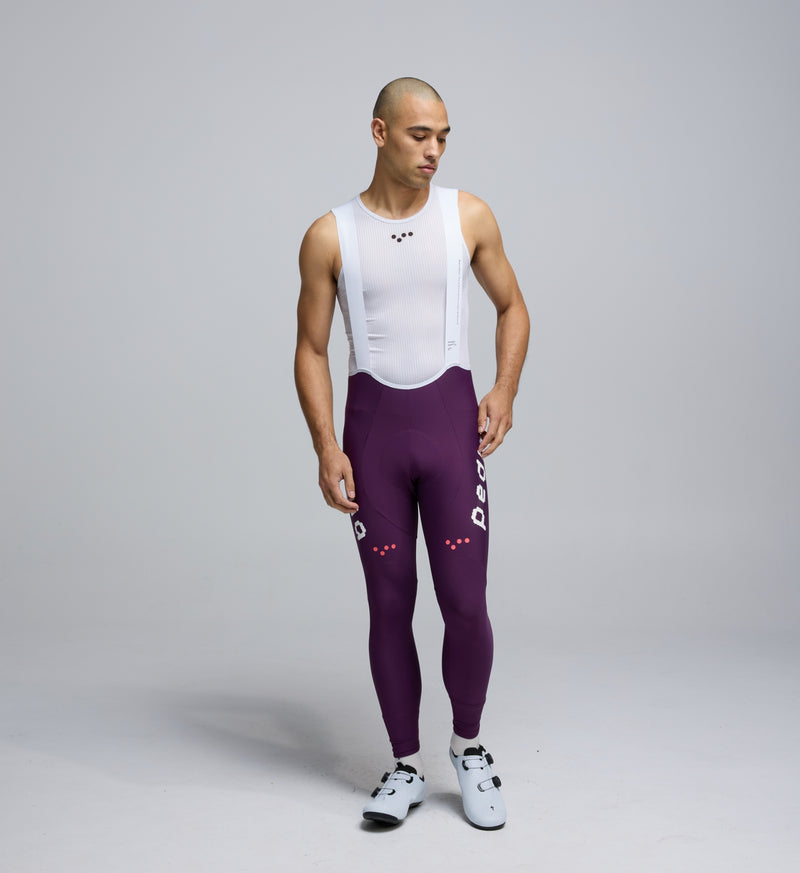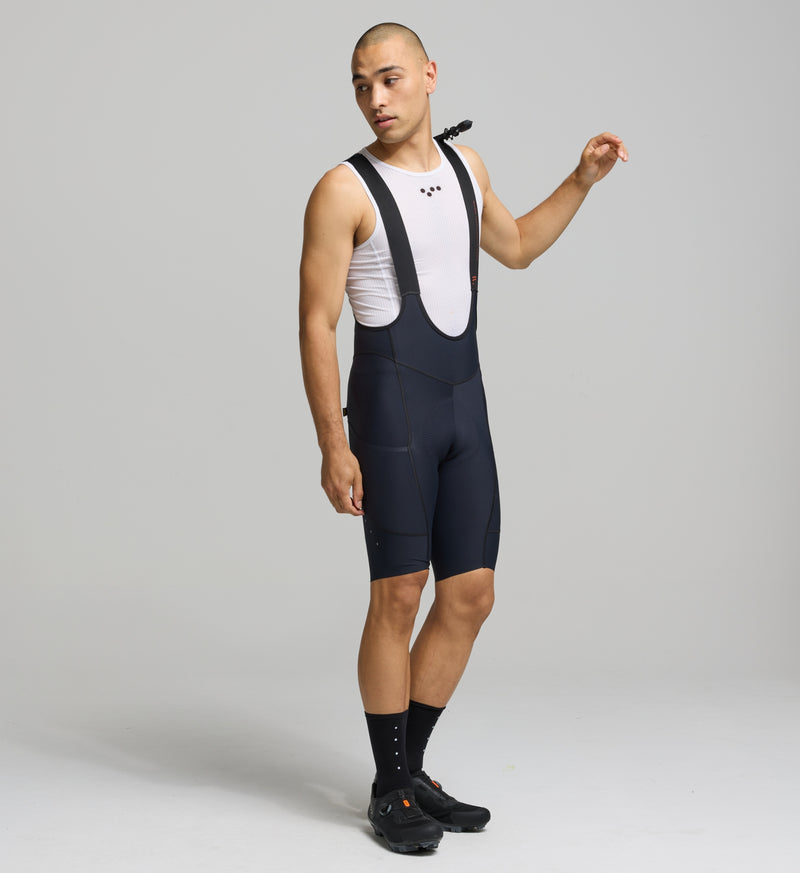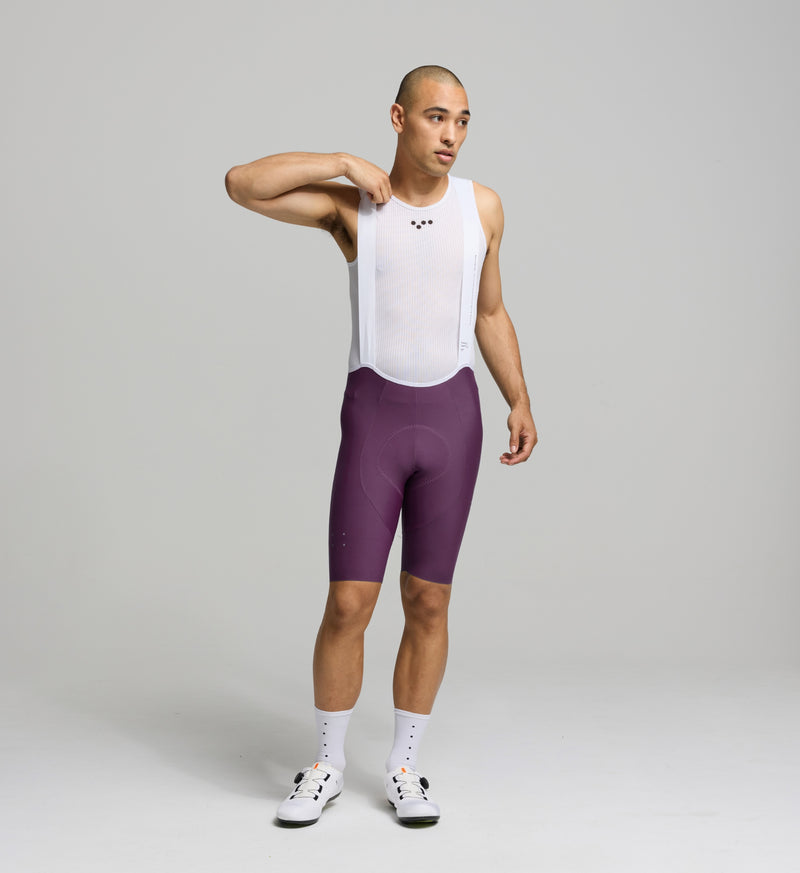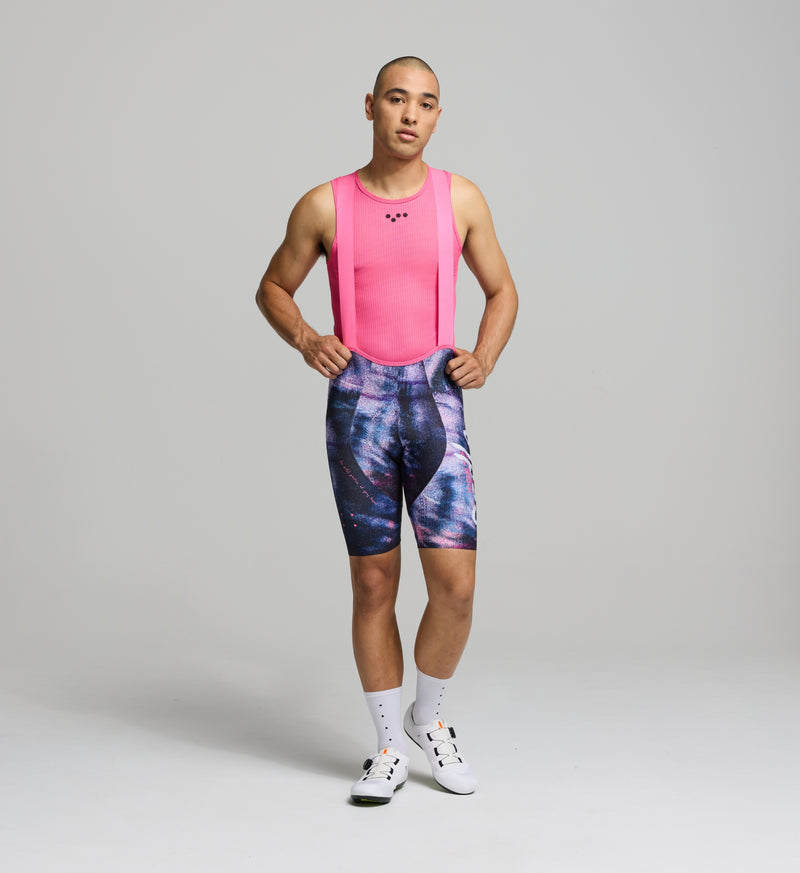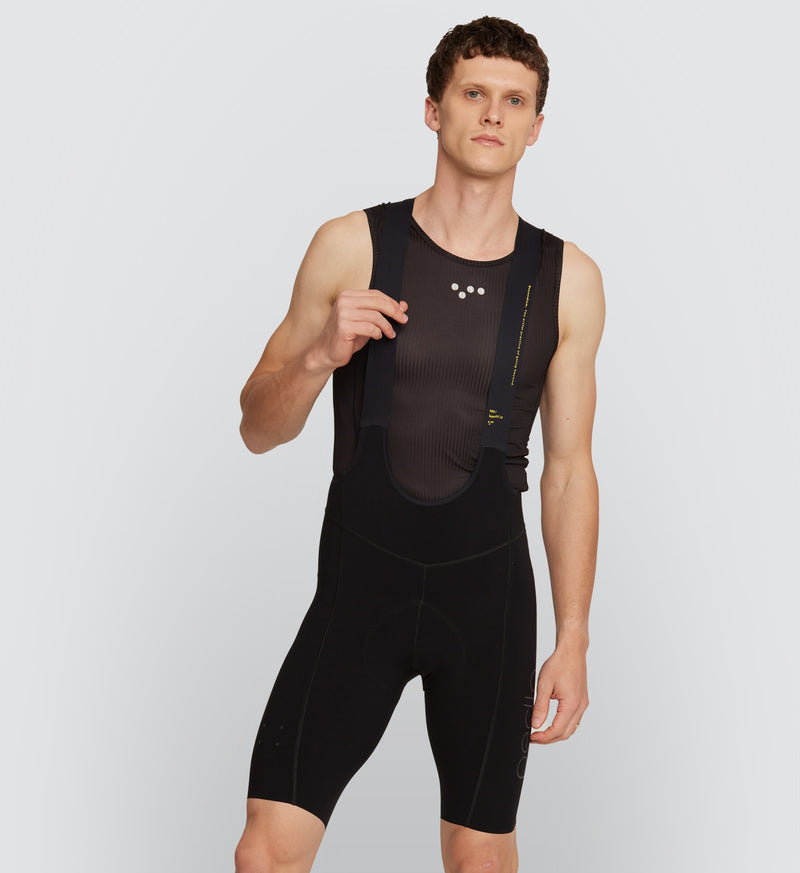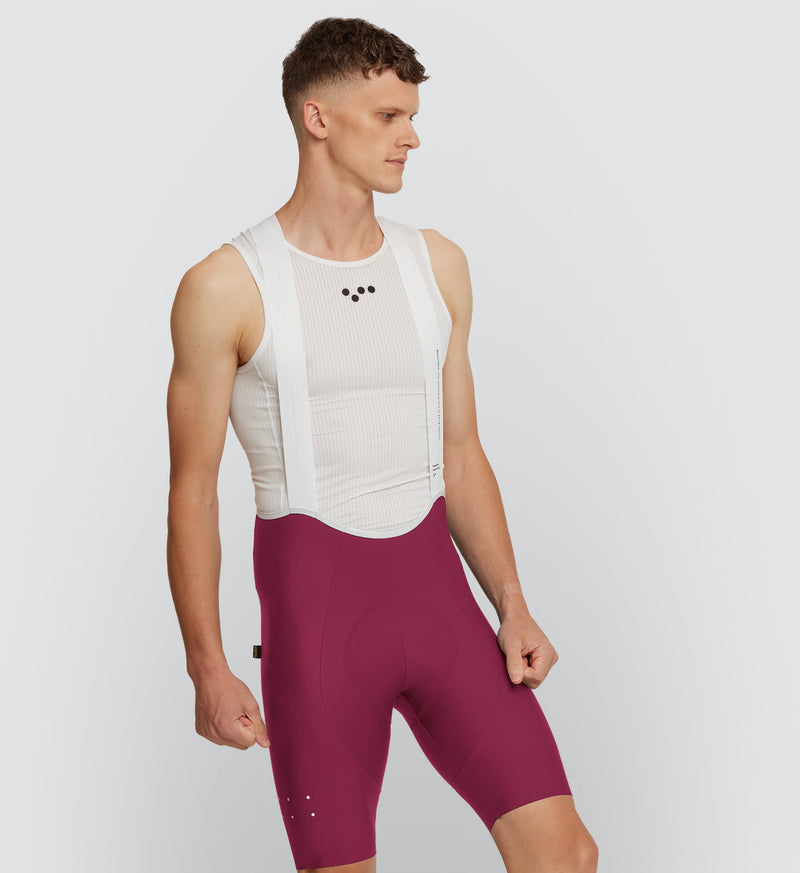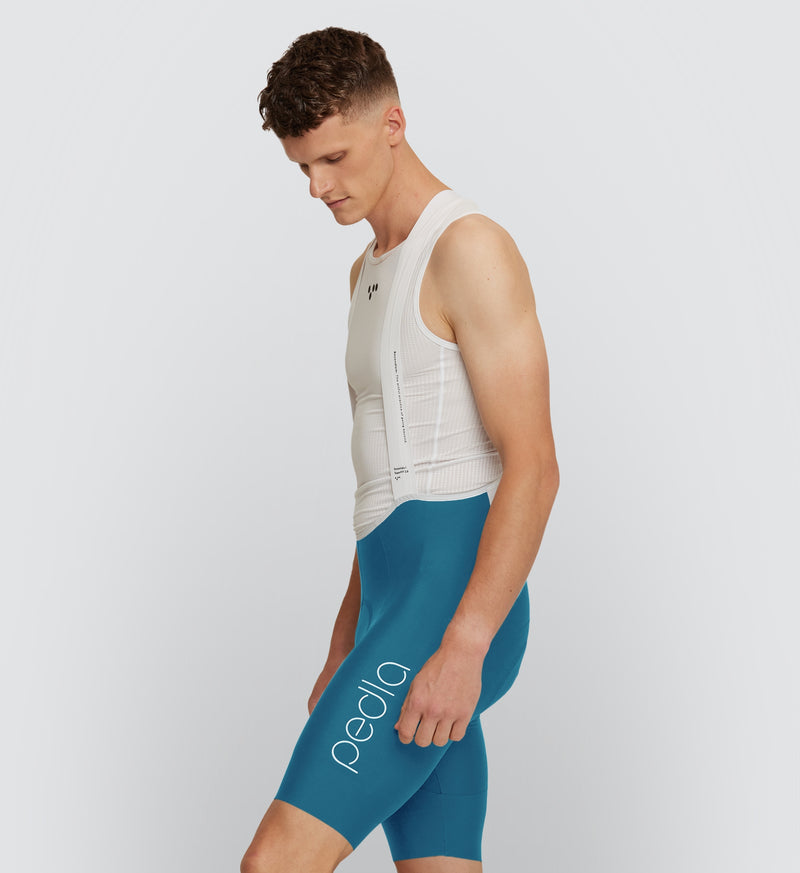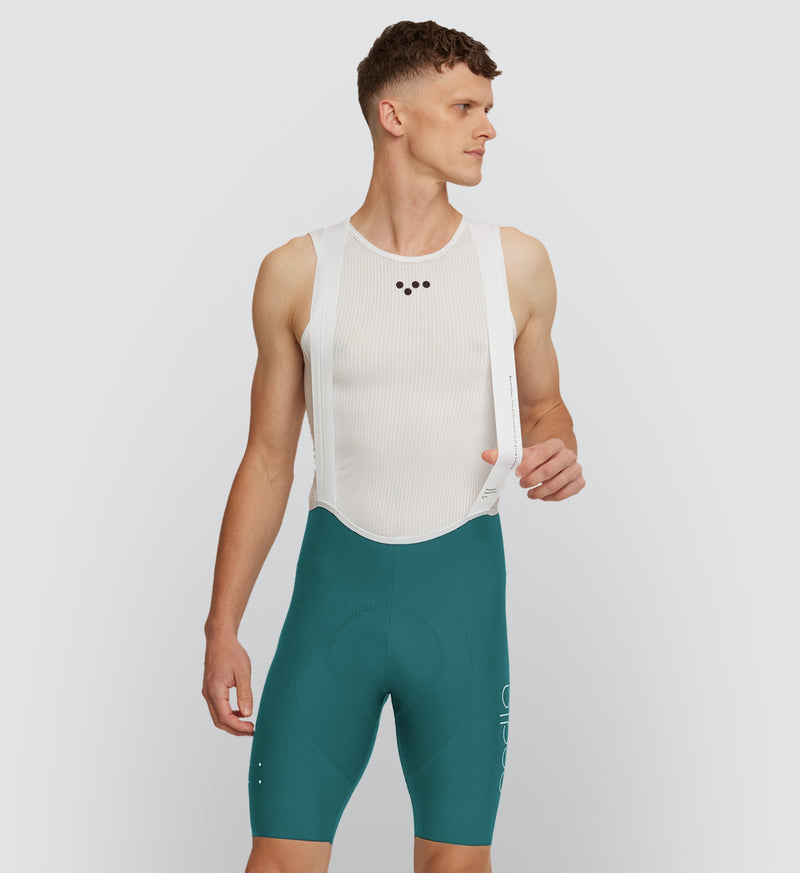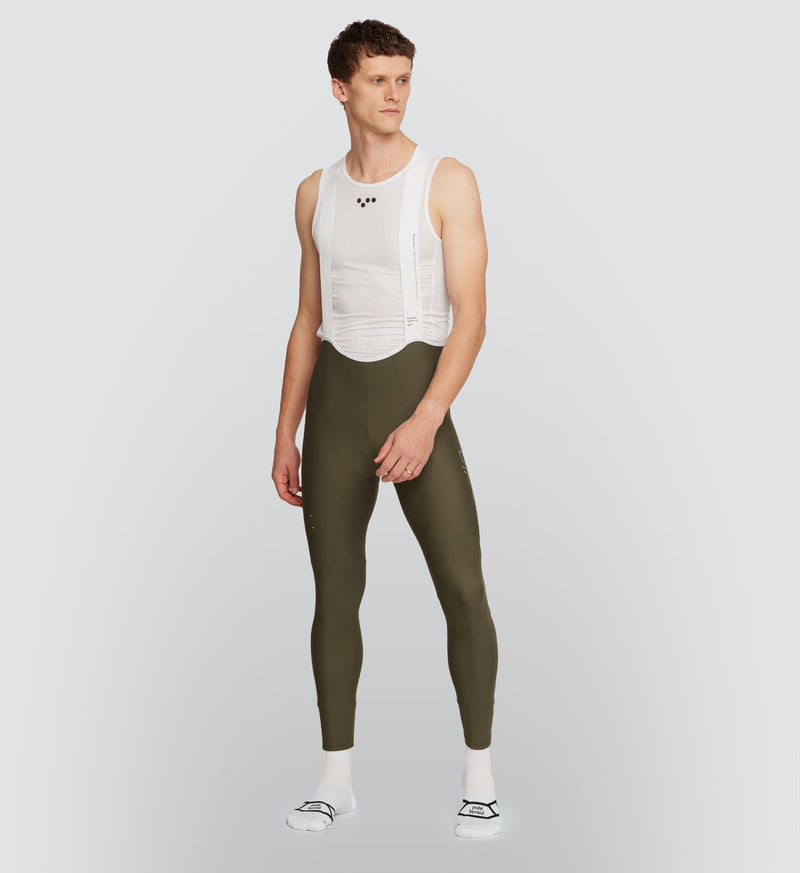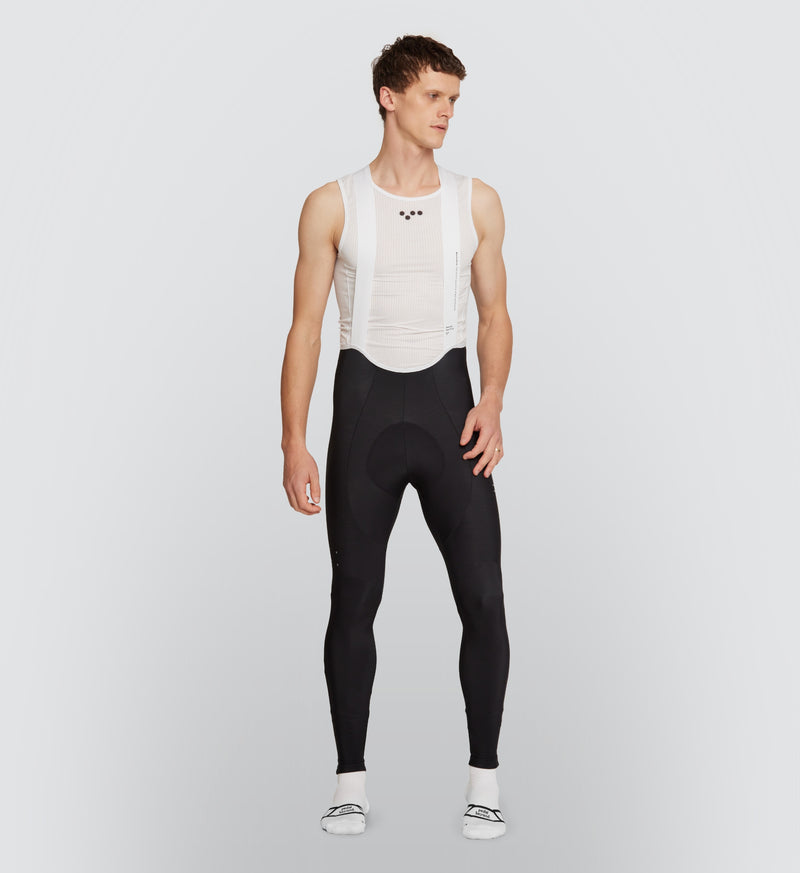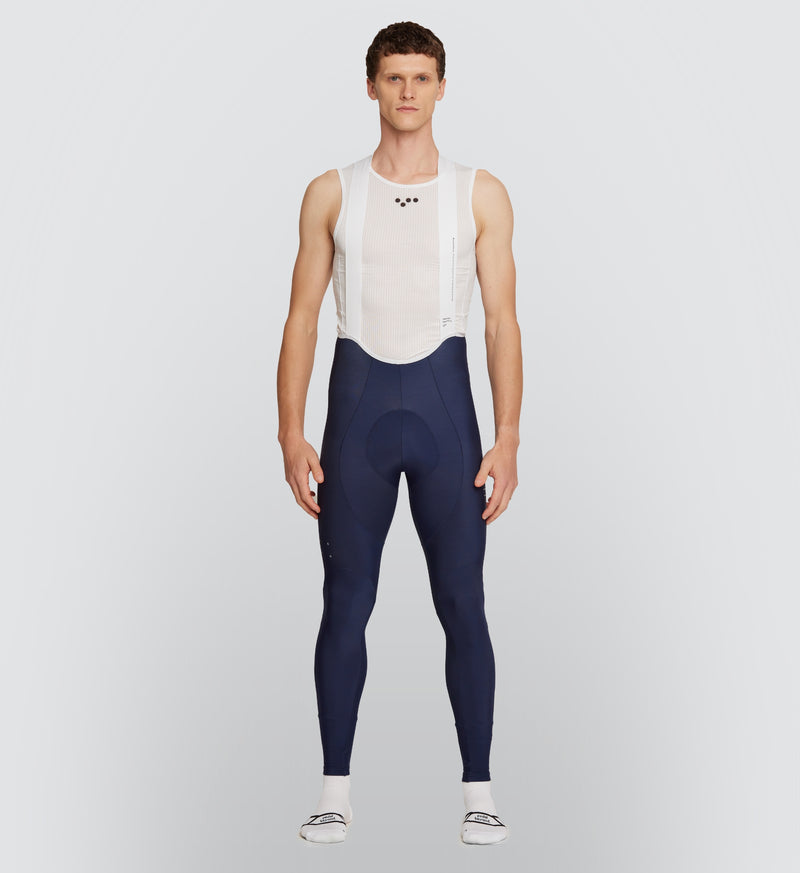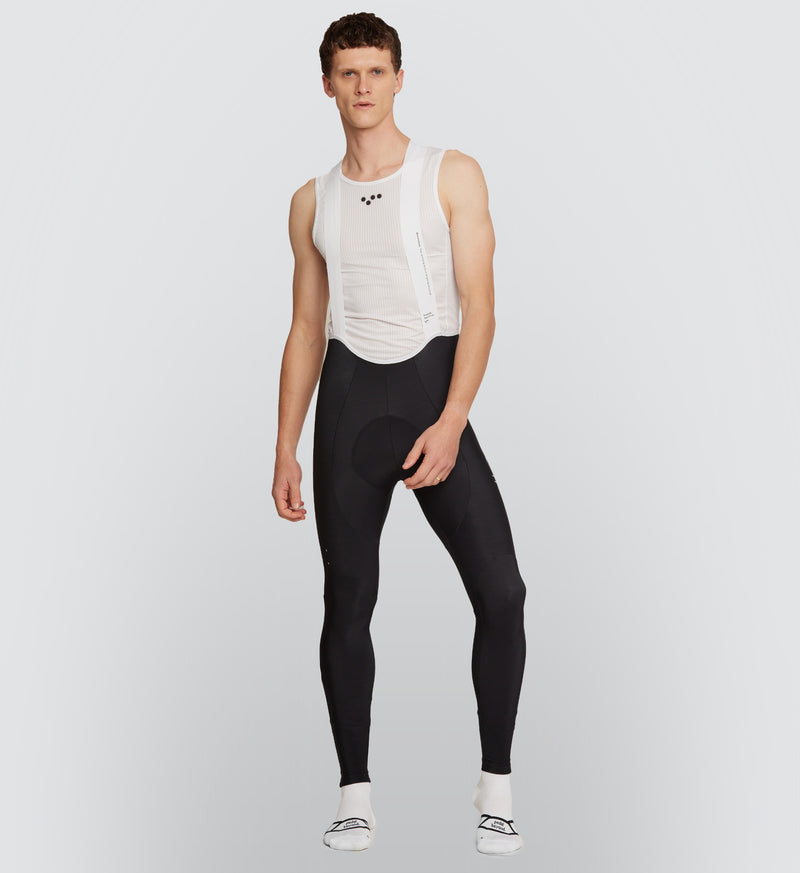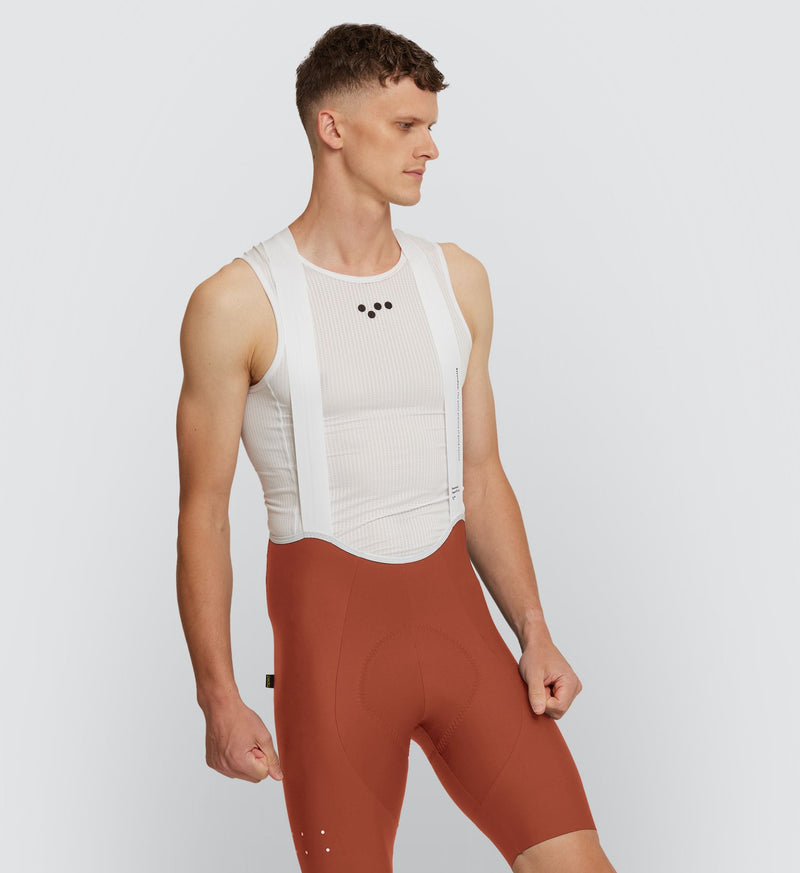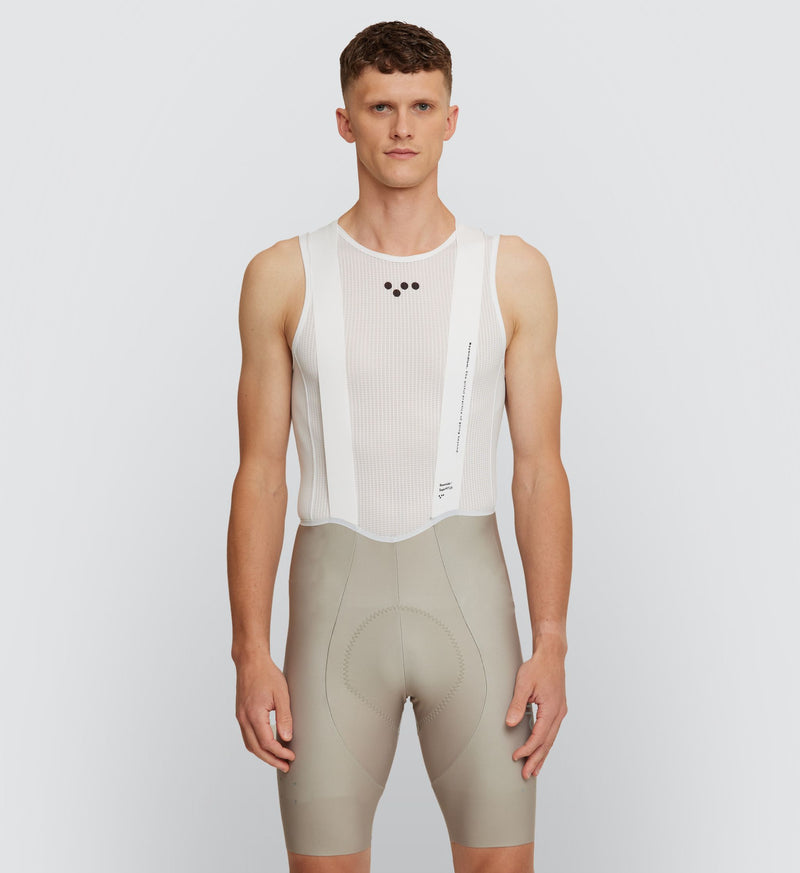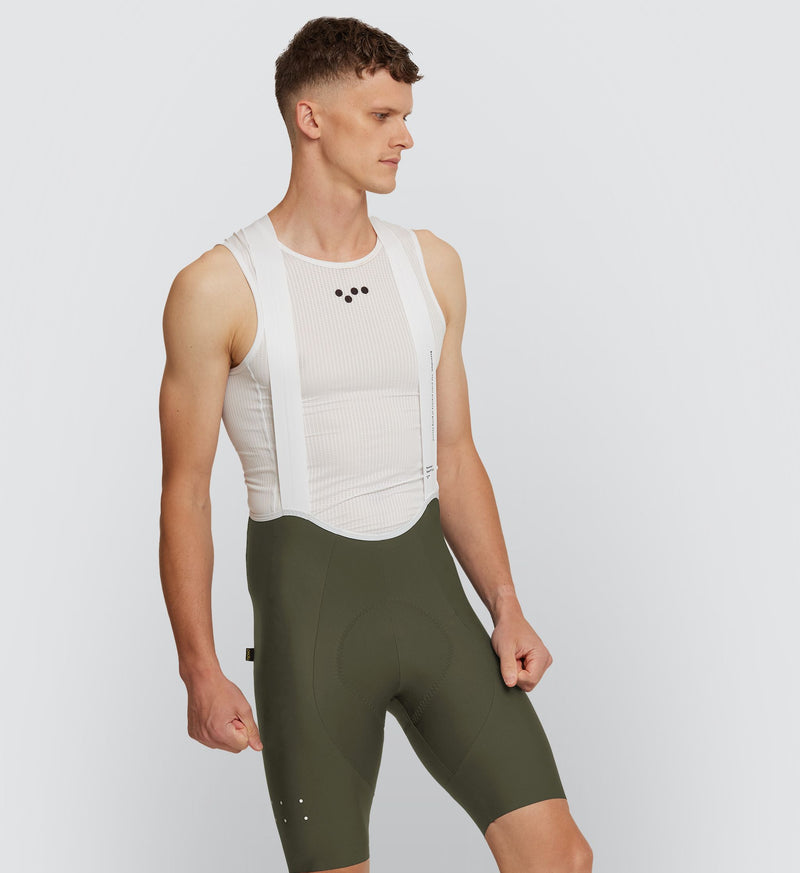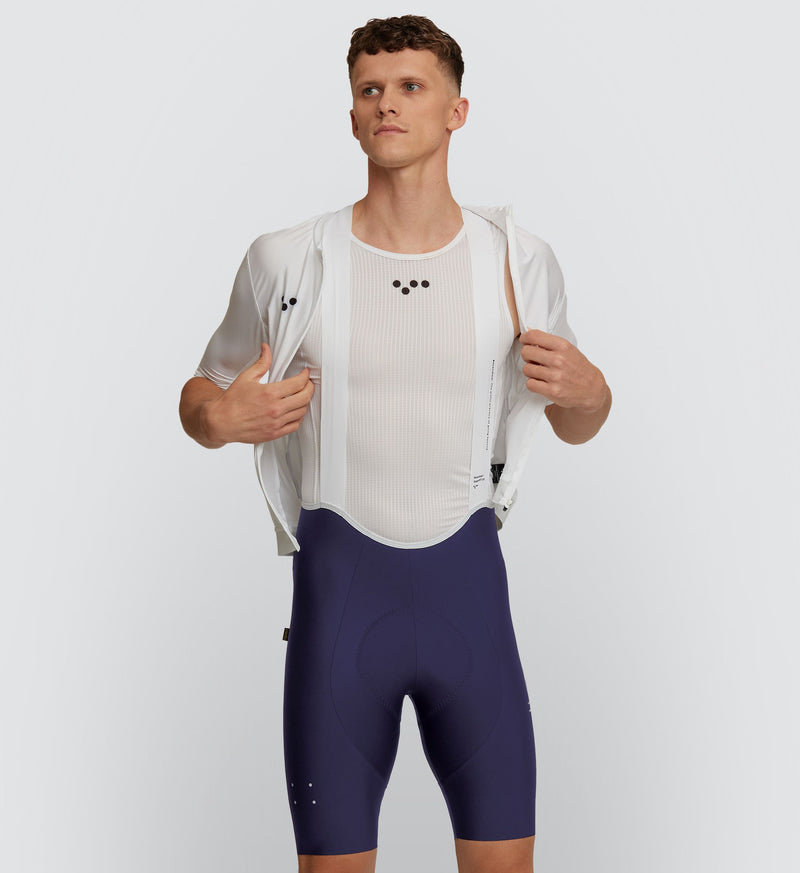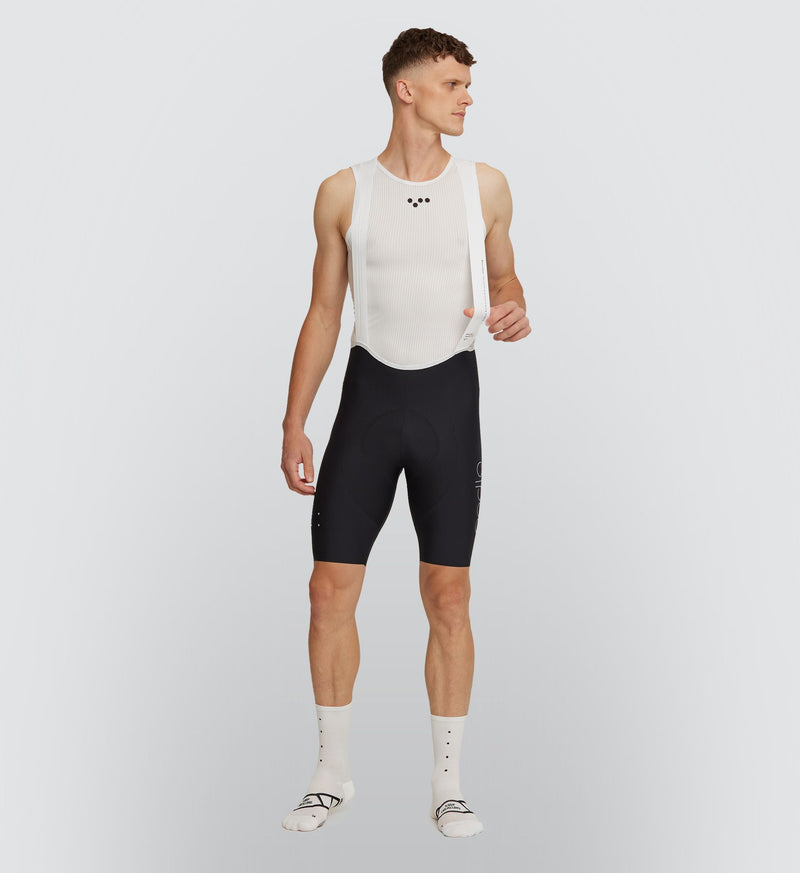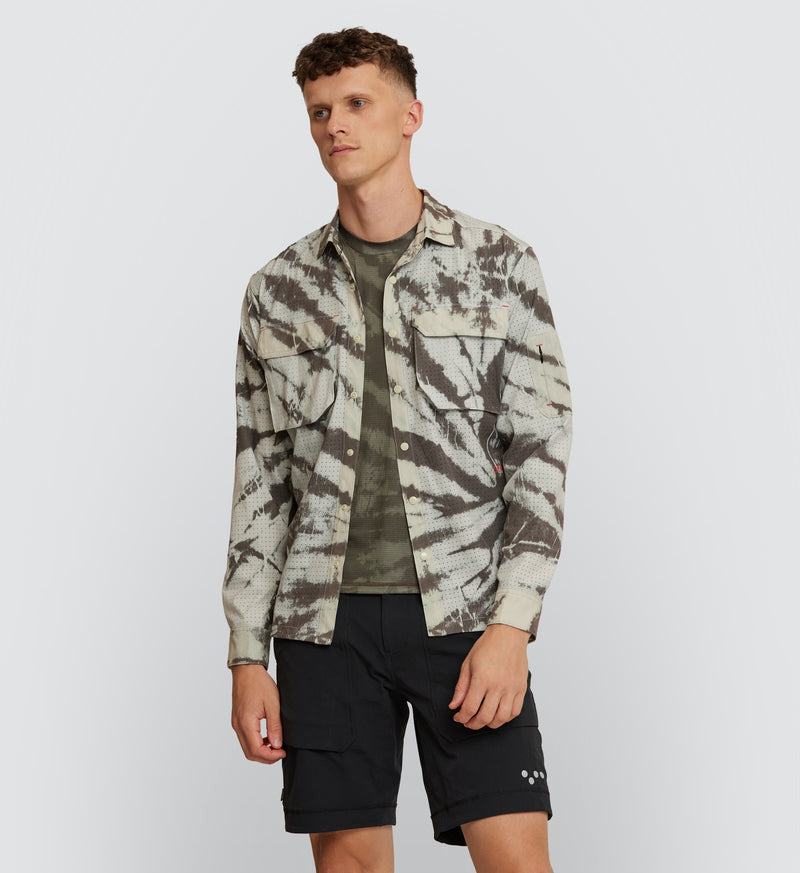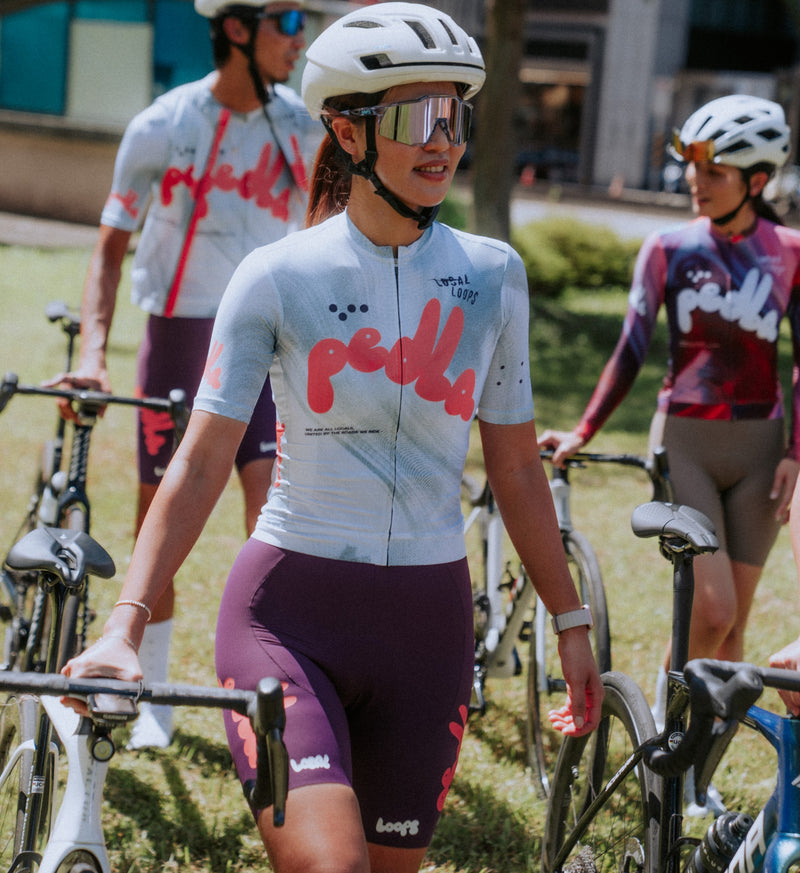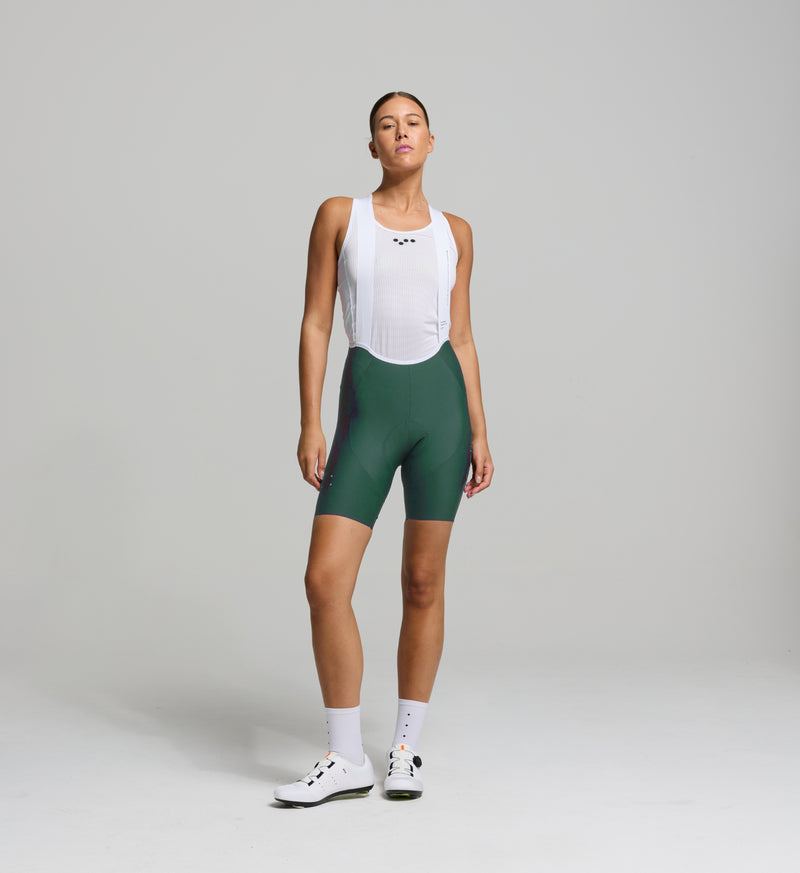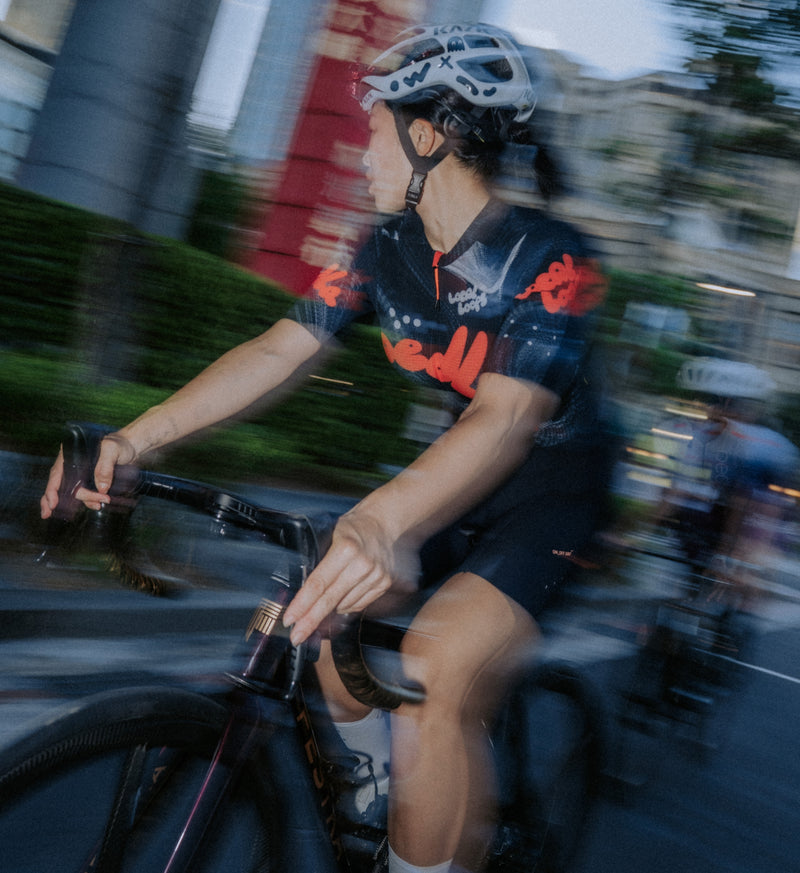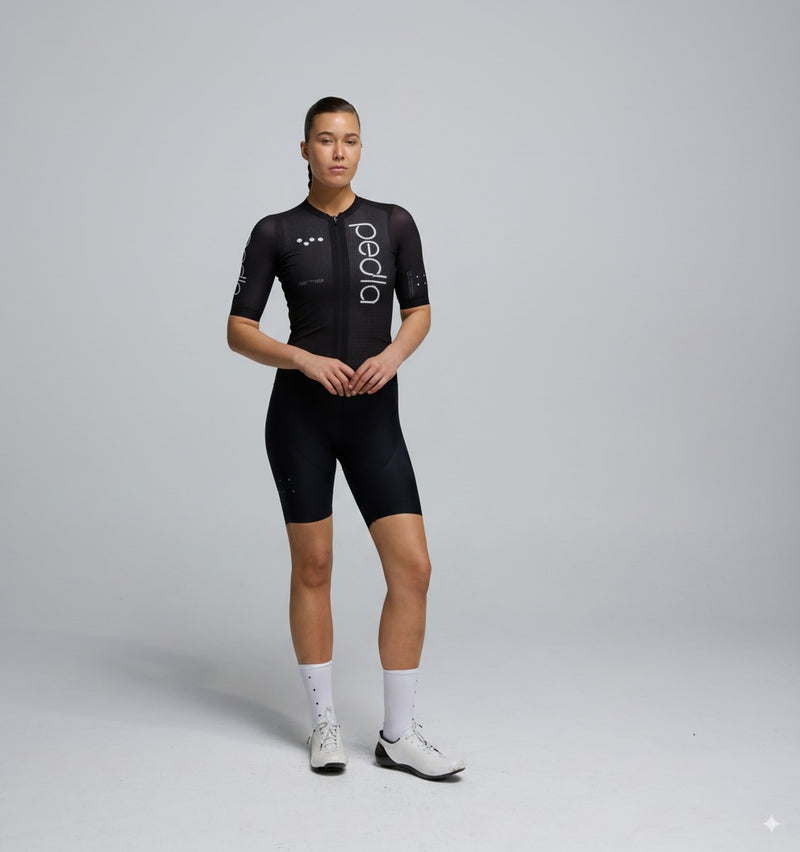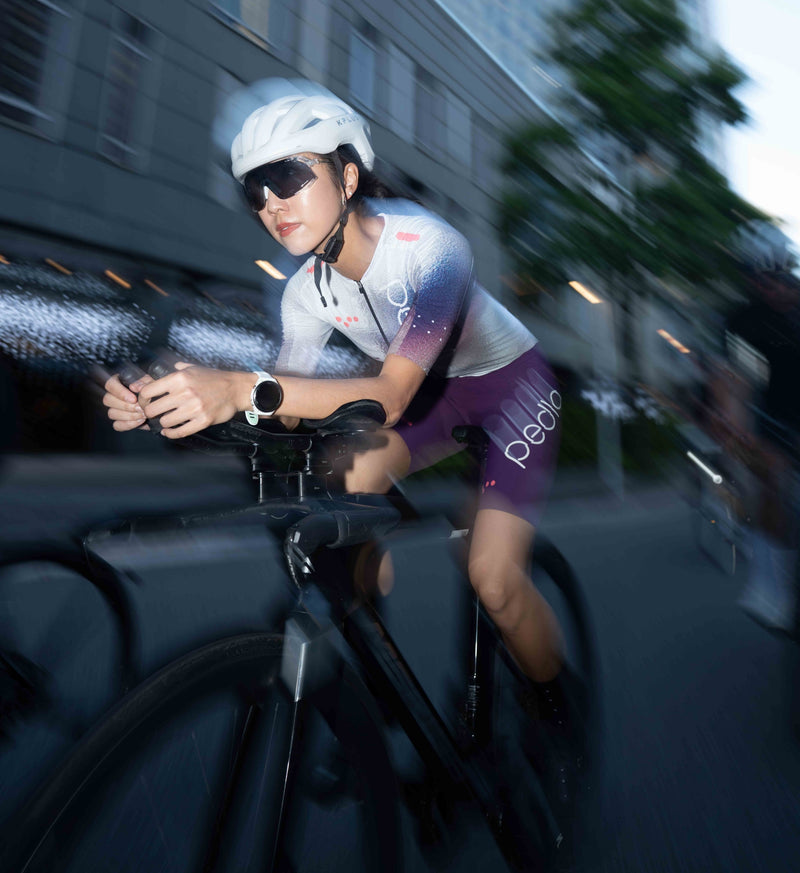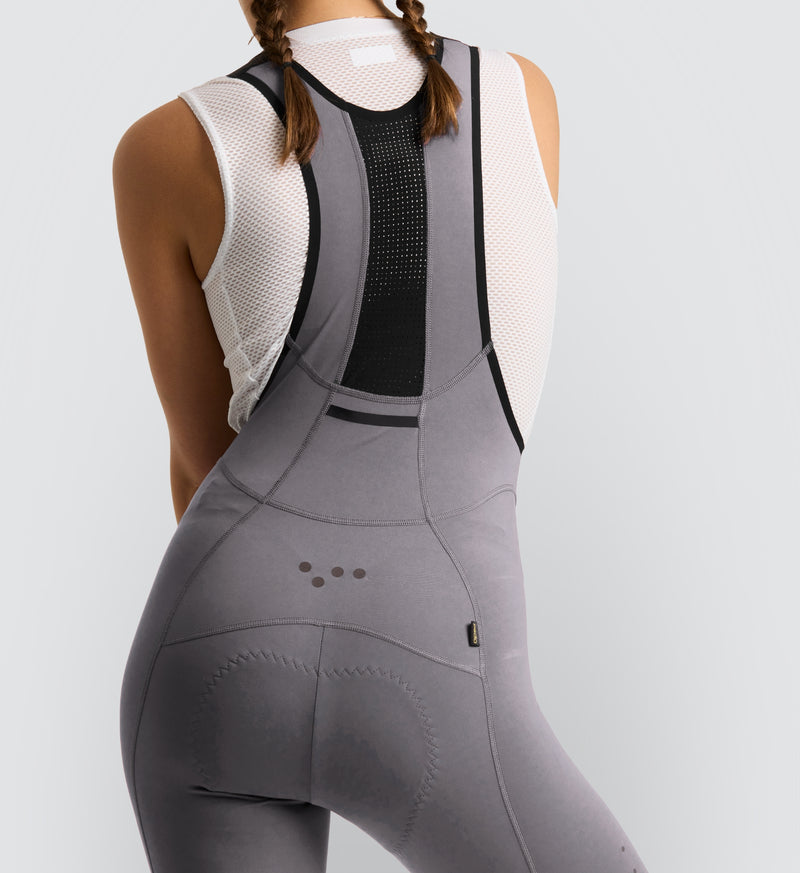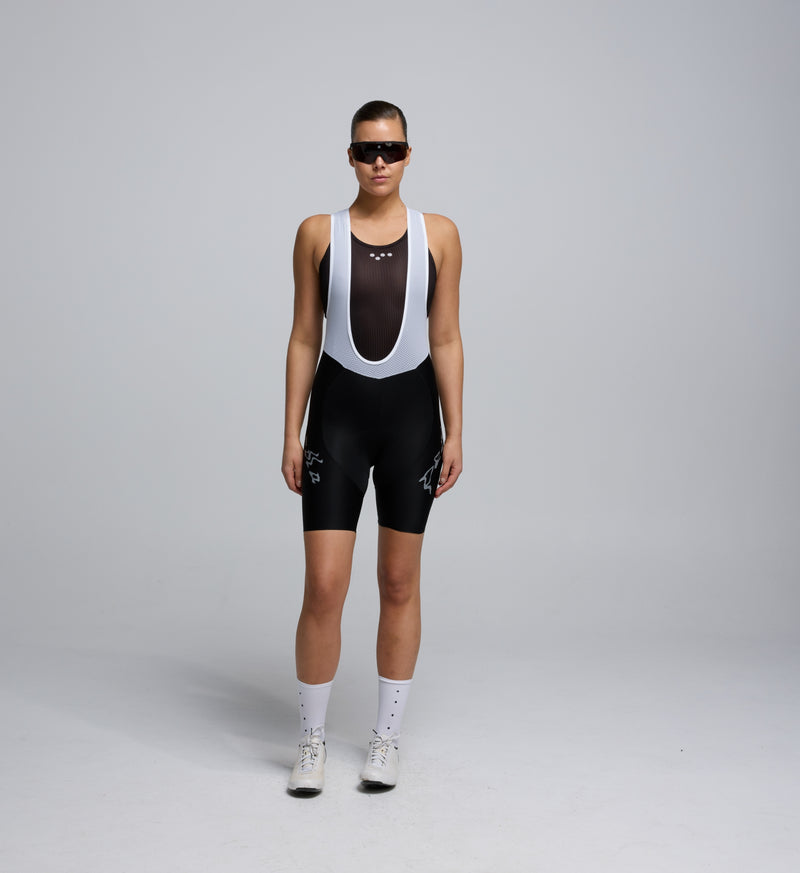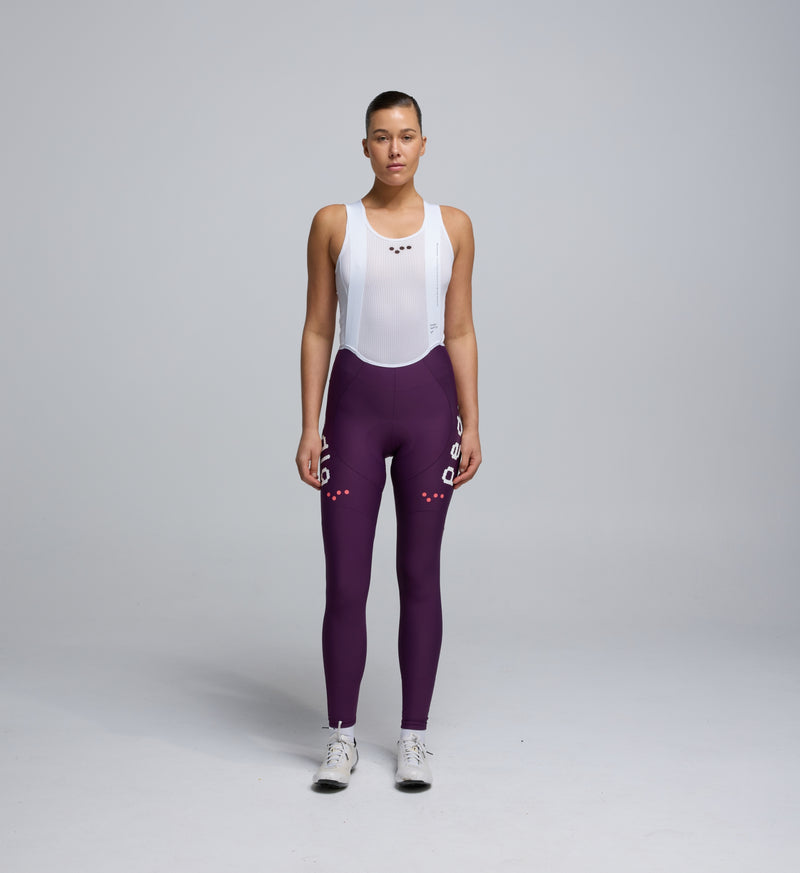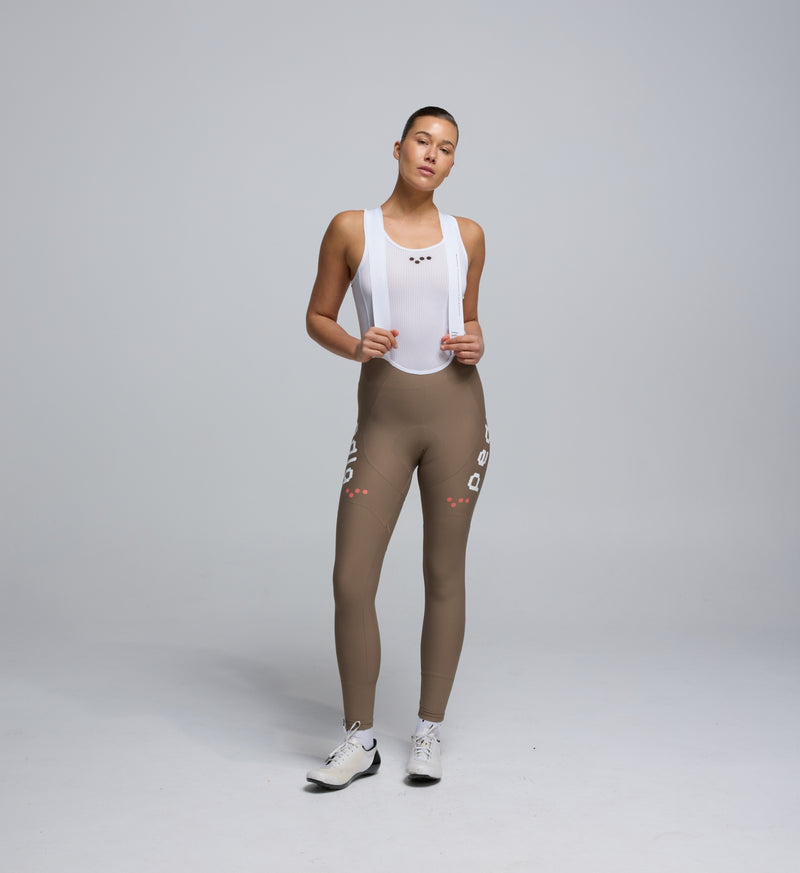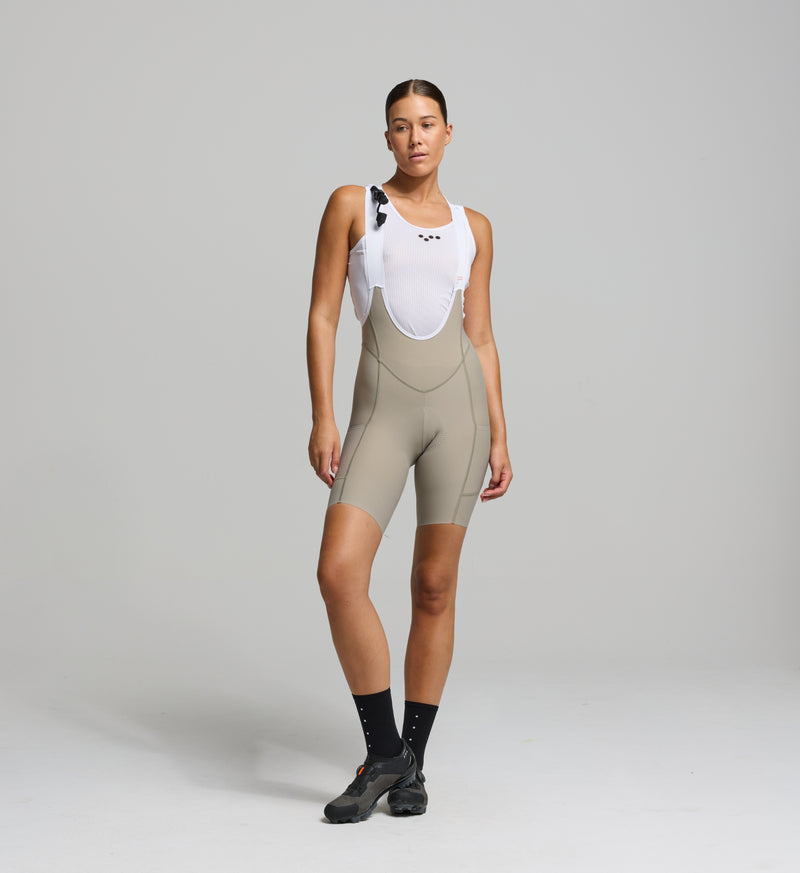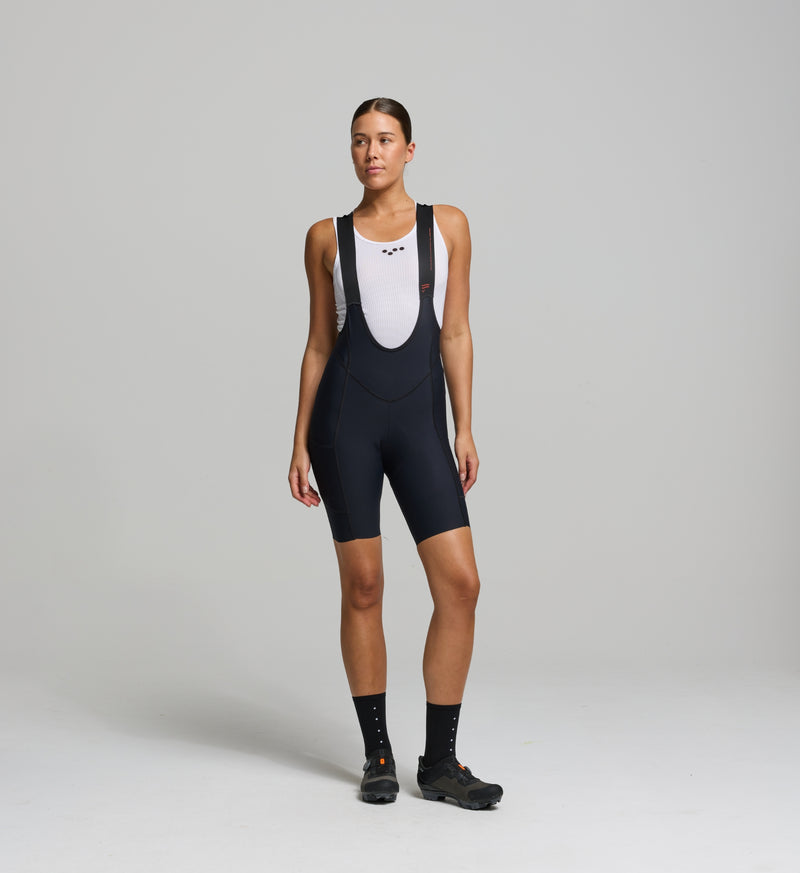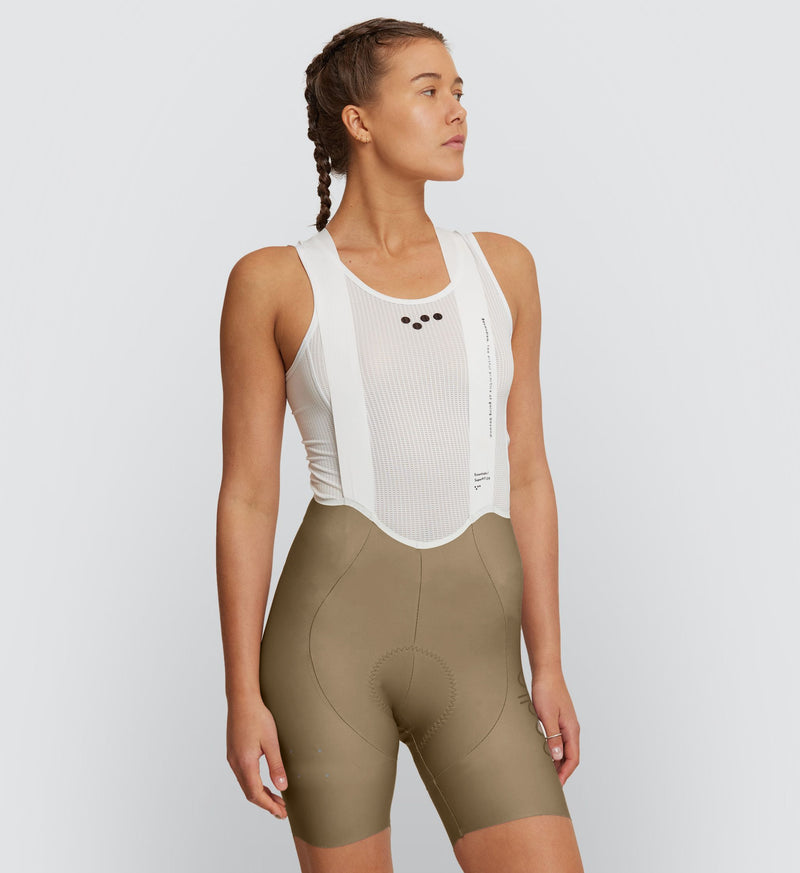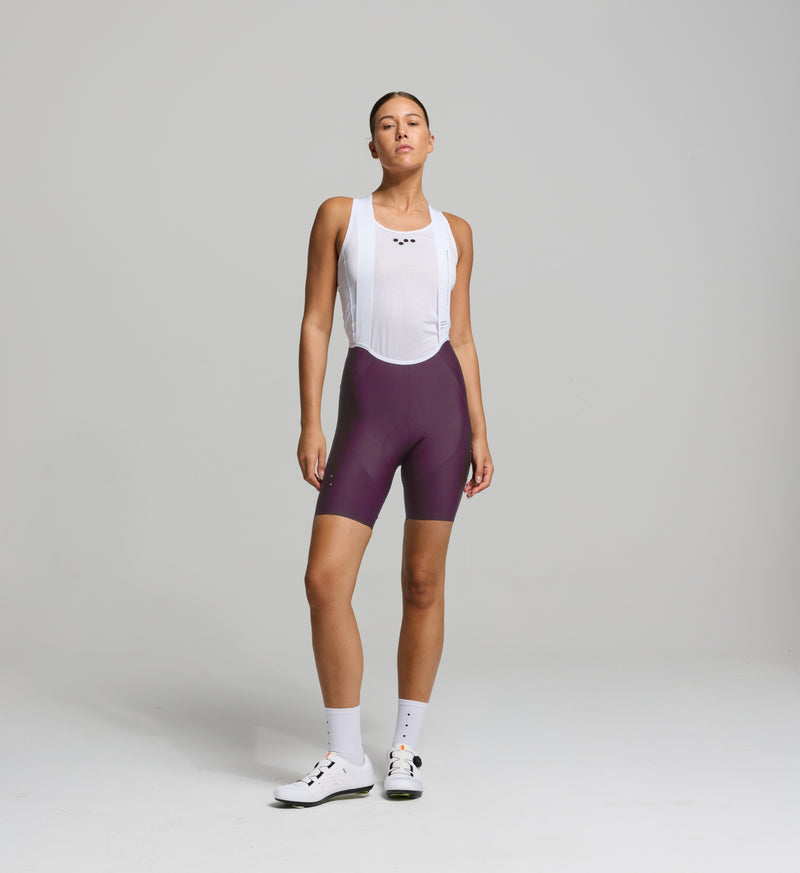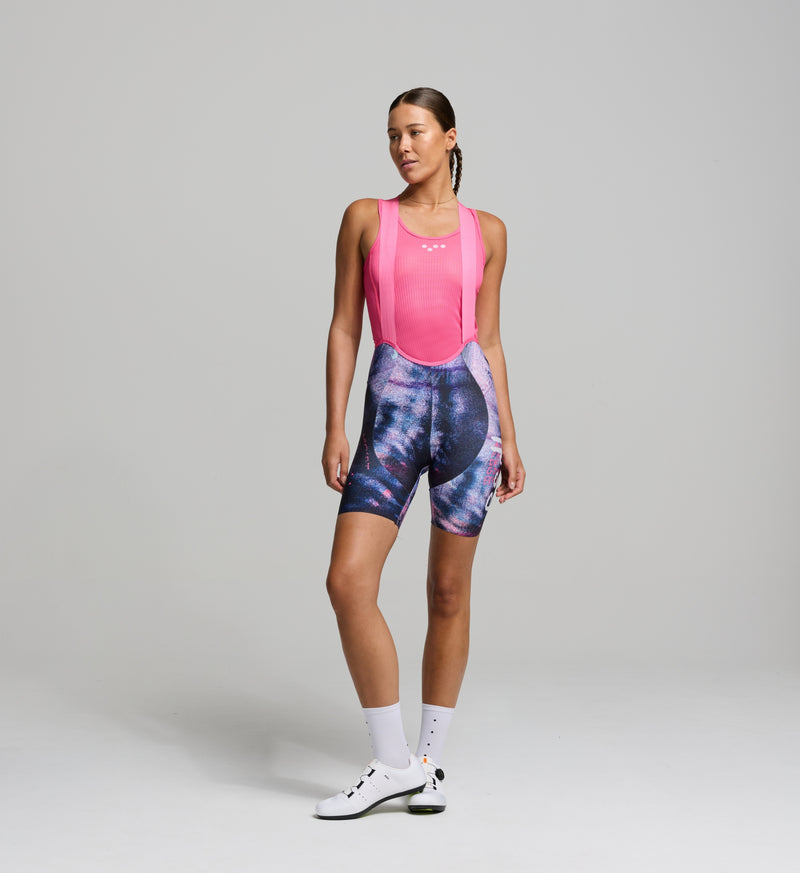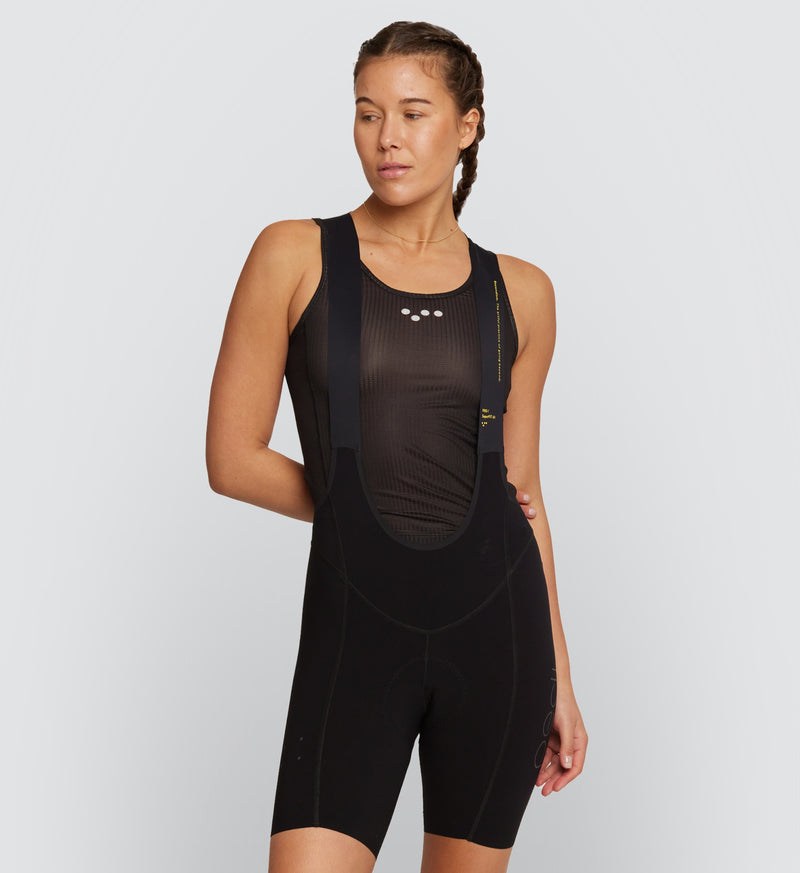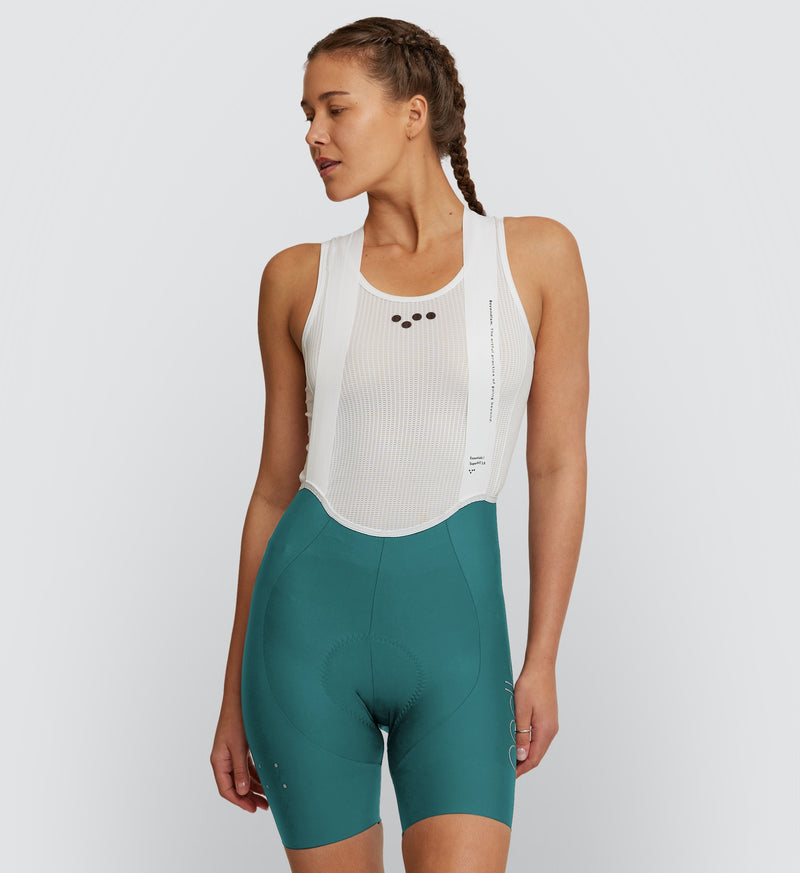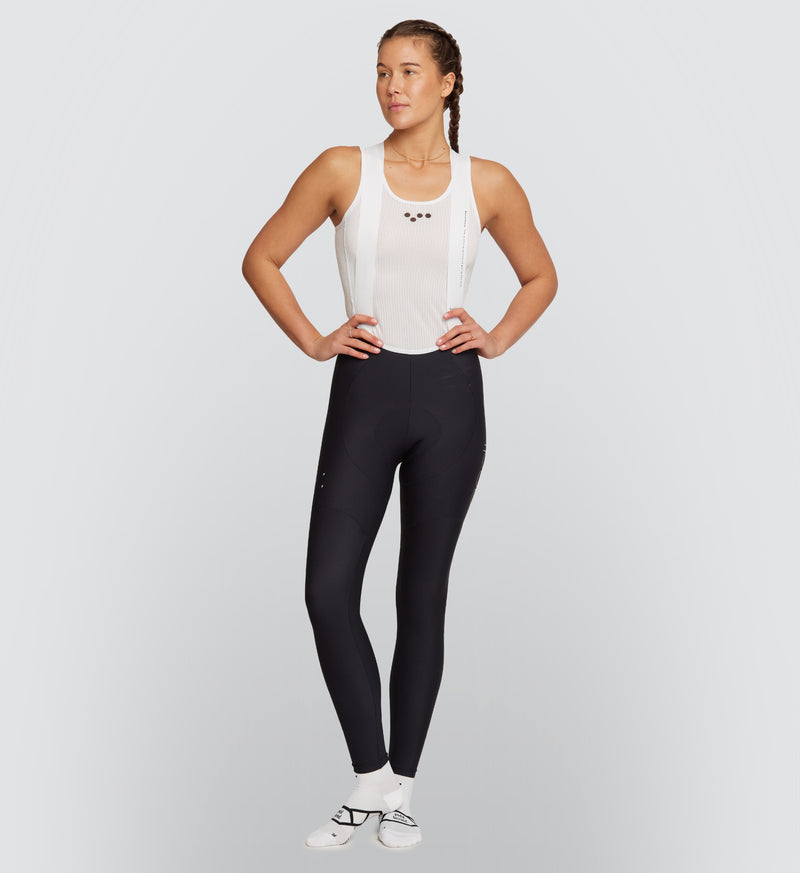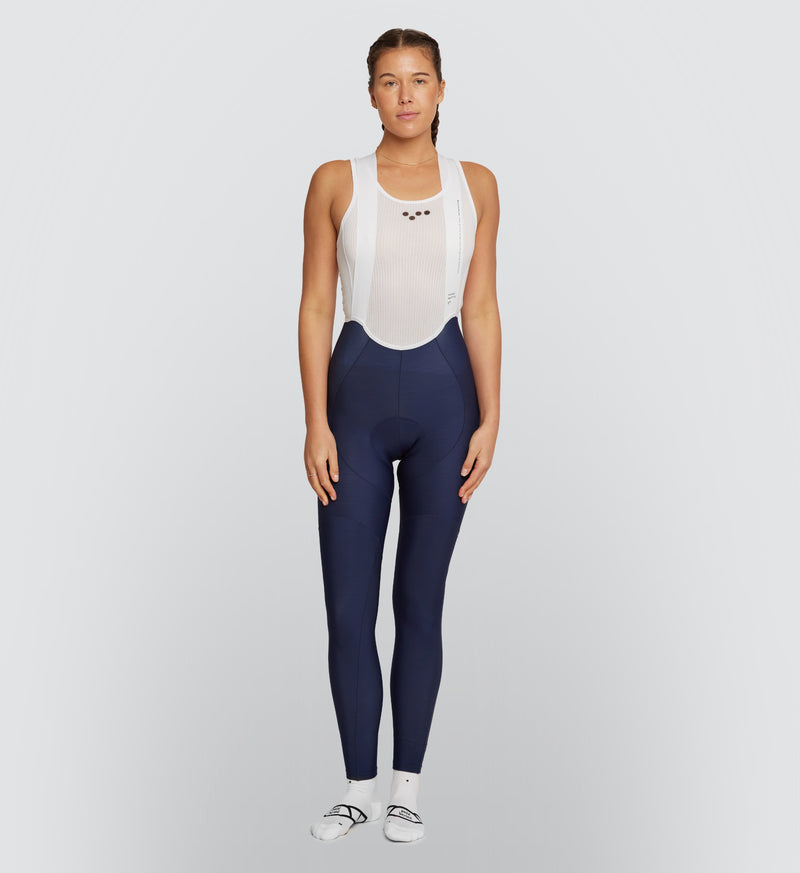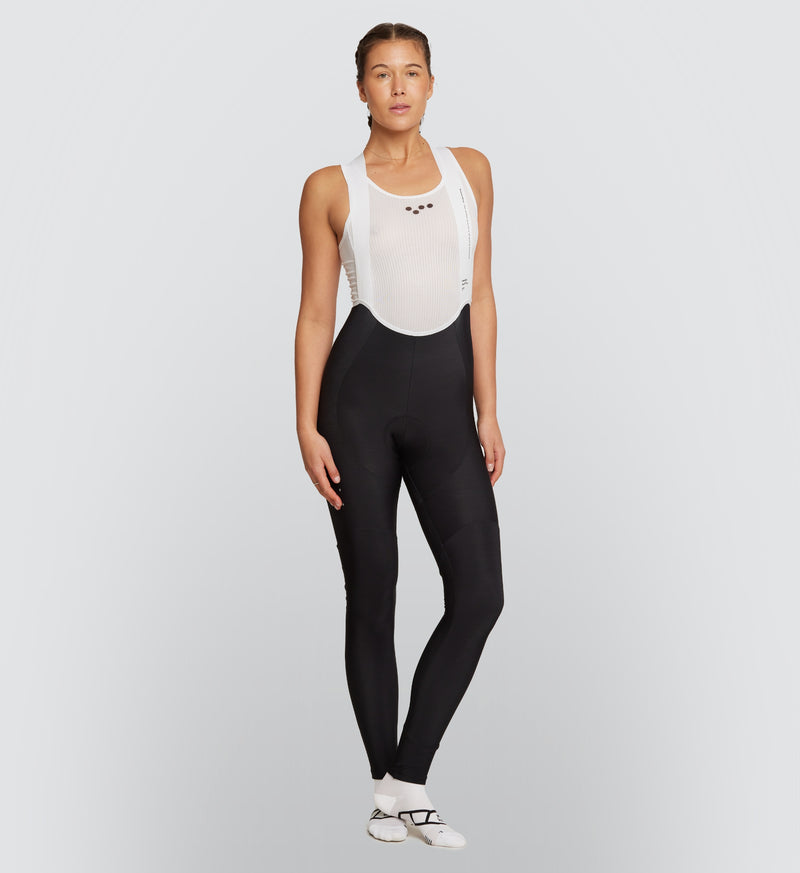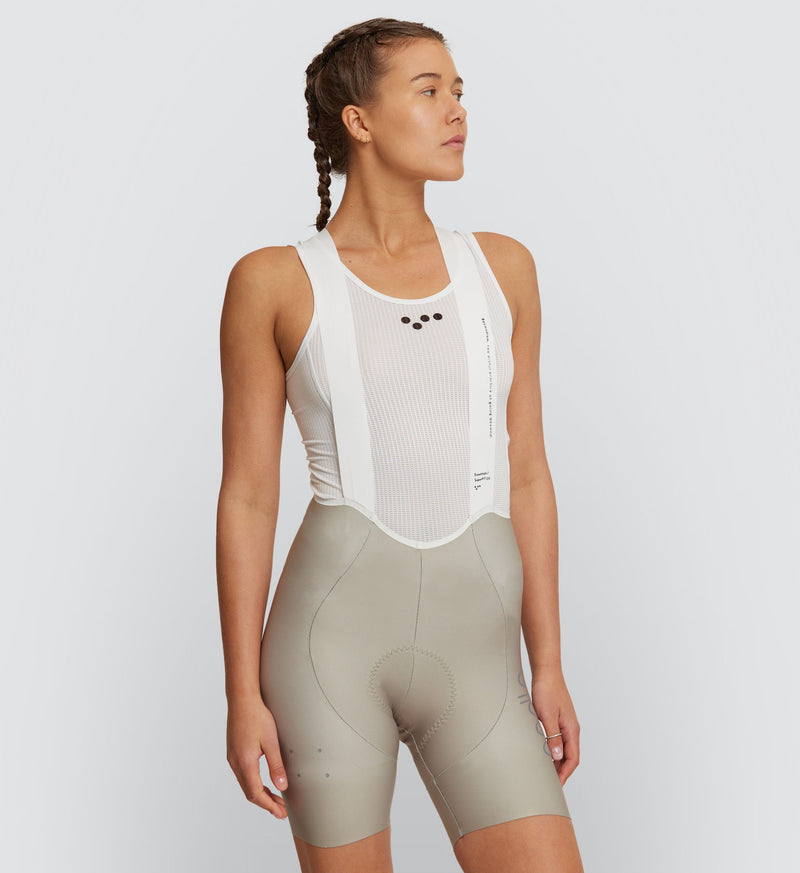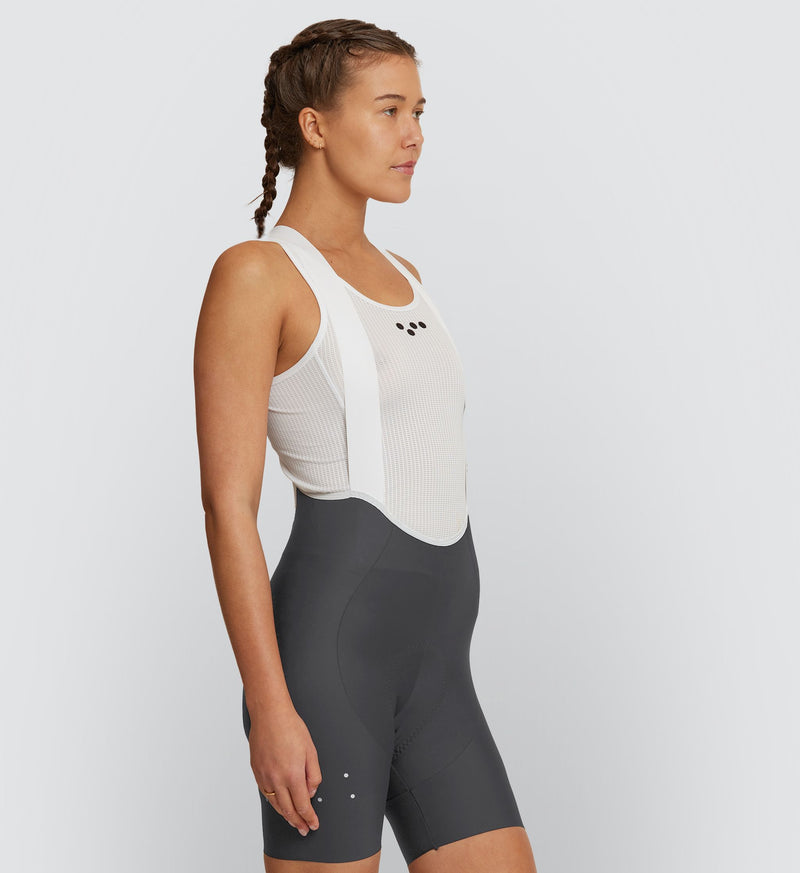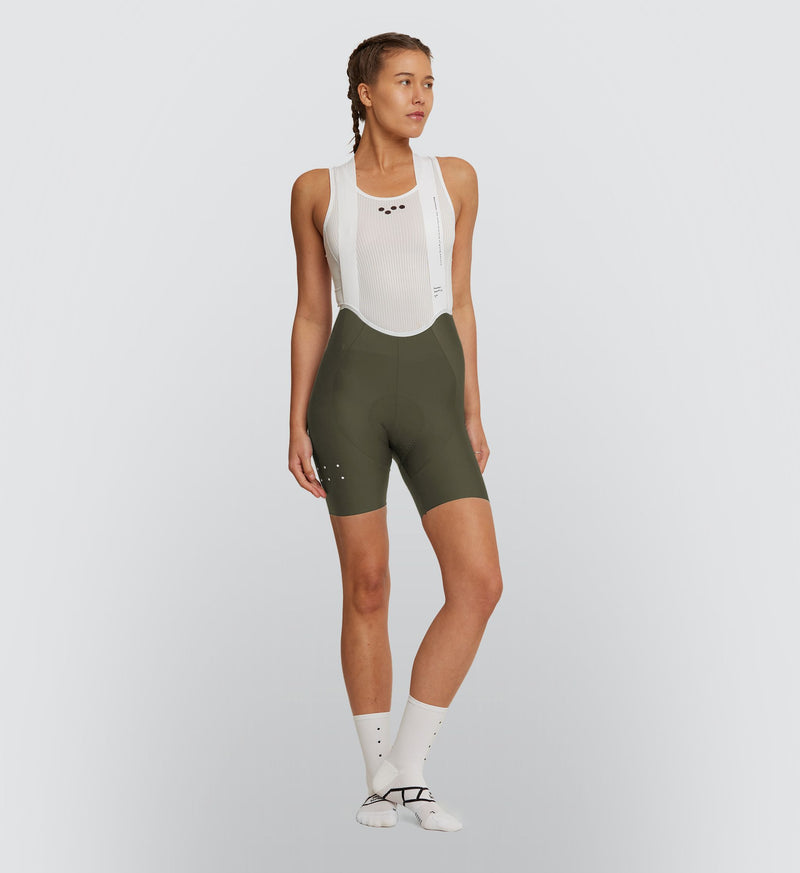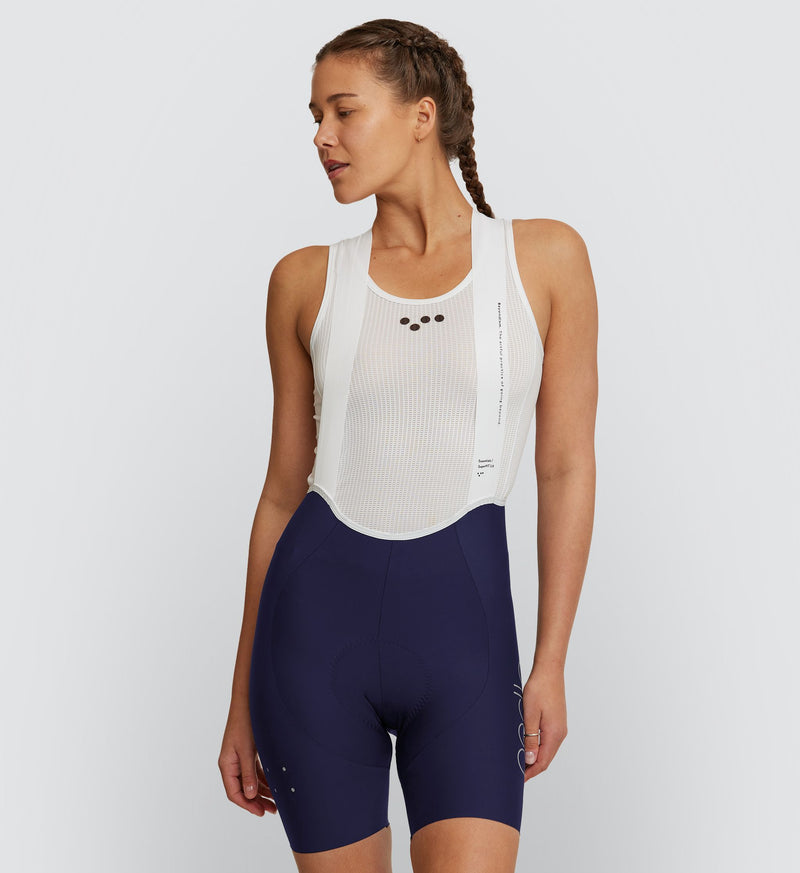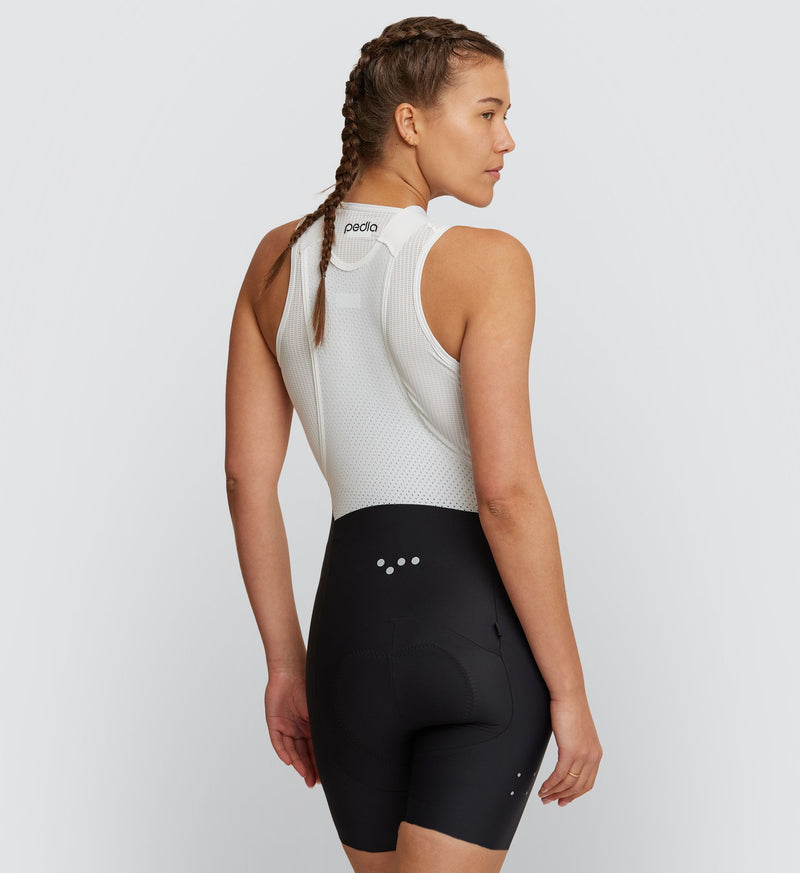Ultimate Bib Short Guide | Everything You Need to Know About Cycling Bib Shorts & Tights
Cycling bib shorts are an essential piece of clothing for any serious cyclist and are hugely popular across the cycling community. According to a report by Statista, the global market value of cycling pants and shorts grew steadily between 2018 and 2020 and amounted to an estimated value of slightly over one billion U.S. dollars in 2020.
The reason they are so popular is that they provide comfort, support, and protection during long rides and help cyclists avoid sore bums. In this article, we will cover everything you need to know about bib shorts, from why they are called bib shorts to how to choose the best ones for your needs.
Why Wear Bib Shorts?
If you're a serious cyclist, you know that comfort is key when it comes to long rides. That's where bib shorts come in. Here are some reasons why you should consider wearing cycling bib shorts on your next ride:
-
Bib Shorts Are More Comfortable Than Traditional Braceless Shorts
Bib shorts have no waistband, which means no discomfort or tightness around the waistline. Plus, the chamois (pronounced ‘shammy’) stays in place, reducing the potential for chafing and saddle sores.
-
Bib Straps Increase Comfort
Bib straps hold the bib in place without creating pressure or binding points around the waist. This means you can ride for longer periods without feeling uncomfortable.
-
Full Coverage and Seamless Transition
Bib shorts provide full coverage and maintain a seamless transition between shorts and jersey. This means you won't have to worry about any gaps or exposed skin while riding.
-
Popular Among Roadies and Mountain Bikers
Bib shorts are popular among both roadies, gravel and mountain bikers. They offer the same benefits for each type of riding.
-
Recreational Cyclists Love Them
Many cyclists who have converted to bibs never go back to traditional shorts. Bib shorts are a symbol of recreational cyclists and are designed to optimise comfort.
Bib shorts are a great investment for any serious cyclist. They provide comfort, support, and protection during long rides. When buying bib shorts, look for tight fitting, moisture-wicking, and breathable material. The chamois should be thick enough to retain its shape and there should be a gripper on the inner bottom of the short legs to keep them from riding up.
Cycling Bib Shorts vs Cycling Shorts?
In the realm of cycling, the choice between bib shorts and cycling shorts often delineates the line between serious, long-distance riders and those who enjoy more casual, flexible outings.
Bib shorts, with their secure fit and even pressure distribution, cater to the demands of extensive rides, ensuring comfort and stability without the risk of slippage. They're a staple among competitive cyclists for whom endurance and performance are paramount.
On the flip side, cycling shorts offer ease and convenience, appealing to riders who prioritize versatility and comfort for shorter or more leisurely journeys. They're less expensive and cooler, making them a preferred option for casual rides or mixed activities. While bib shorts excel in providing better back coverage and keeping the chamois in place for optimal protection, cycling shorts allow for quick transitions and are less cumbersome during breaks, embodying the essence of flexibility.
Ultimately, the choice hinges on one's riding style, preferences, and the specific advantages each option presents, from the serious pavement-pounding sessions to the relaxed, scenic routes that beckon the casual cyclist.
Bib Shorts |
Cycling Shorts |
||
|---|---|---|---|
Pros |
|||
| Secure fit, no slippage | Easy to pull on/off | ||
| Even pressure, no waist constriction | Cooler without extra material | ||
| Better back coverage | Less expensive | ||
| Comfortable for long rides | Versatile for various activities | ||
| Chamois stays in place | |||
Cons |
|||
| Inconvenient for bathroom breaks | Risk of slipping down | ||
| Can be warmer | Potential pressure points from waistband | ||
| More expensive | More chafing risk | ||
| Fit can be challenging | |||

Why is it Called a Bib Short?
If you're new to cycling, you might be wondering why these shorts are called bib shorts. Well, it's pretty simple. Bib shorts are similar to regular cycling shorts, but they have an added feature: integrated, supportive straps that go over your shoulders like suspenders. These straps are what give bib shorts their name, as they resemble a bib.
But why do these straps matter? For one, they help prevent slippage and discomfort during your ride. With regular cycling shorts, the elastic waistband can sometimes dig into your skin or shift around, causing irritation. The straps on bib shorts keep everything in place, so you can focus on your ride instead of adjusting your shorts.
How to Wear Bib Shorts?
Bib shorts or biker shorts can be a bit tricky to wear at first. Here are some tips to help you get the most out of your bib shorts:
-
Put them on correctly: Bib shorts have straps that go over your shoulders, so make sure you put them on before your jersey. Slip your legs through the shorts and pull them up to your waist. It can be helpful to roll back gripper part of the legs before putting them on, so they slide on. Then you can roll the gripper part back down once they are on. Then, put the straps over your shoulders and adjust them so they're comfortable.
-
Don't wear underwear: The chamois in your bib shorts is designed to sit next to your skin, so wearing underwear can cause chafing and discomfort. Skip the undies and let the chamois do its job.
-
Wear them with your jersey and optional base layer: Bib shorts are designed to be worn with a cycling jersey, so put your jersey on over the bib straps. This will keep everything in place and prevent any bunching or shifting. Many cyclists find wearing a base layer under the bib straps also add a layer of comfort in both hot and cold weather.
-
Apply chamois cream: If you're going on a long ride, applying chamois cream can help reduce friction and chafing. Some creams can also be anti bacterial. Apply a moderate amount of chamois cream, about the size of a walnut or a tablespoon, directly to the skin in your groin area where it contacts the cycling shorts' pad. Just make sure you use a cream specifically designed for cycling.
-
Adjust the Chamois: To adjust the chamois in your cycling bib, first put on the shorts. Then, hold your hand on the outside of the chamois between your legs. Bend your right leg up and slightly out and this should refine the position of the chamois. Do the same with your left leg.
- Adjust the fit: Bib shorts should fit snugly but not be too tight. Make sure they're not cutting off circulation or causing any discomfort. The chamois should be thick enough to retain its shape and there should be a slightly sticky lining (normally called a gripper) on the bottom of the short legs to keep them from riding up.

By following these tips, you'll be able to wear your bib shorts comfortably for long periods and get the most out of your cycling experience.
How Should Bib Shorts Fit?
Bib shorts are more comfortable than traditional shorts because they have no waistband, which means less discomfort or chafing. The chamois stays in place in bib shorts, reducing the potential for chafing and saddle sores. Bib straps increase comfort and hold the bib in place without creating pressure or binding points. Bib shorts provide full coverage and maintain a seamless transition between shorts and jersey.
When it comes to fit, the best cycling bib shorts should fit like a second skin. They should be snug but not too tight, and they should not shift or cut off circulation. The bib straps should be comfortable and not irritate the skin. Look for seamless bib straps and breathable materials to increase comfort.
Different levels of fit are available, so choose the one that suits your needs. Some bib shorts have compression features that prevent chafing, while others have leg grippers to keep the shorts in place. Women's bib shorts options have a differently contoured chamois to limit chafing compared to the men’s bib short options.
In summary, bib shorts should fit snugly, have comfortable bib straps, and be made of breathable materials. Look for features like leg grippers and compression to prevent chafing. Choose the right cut and chamois placement for your riding style, and test out bib shorts on low-stakes rides before committing to longer trips.
Do Cycling Shorts Need to be Tight?
Yes, cycling shorts or bib shorts need to be tight. The reason for this is to reduce friction and chafing between your skin and the fabric. Loose shorts can bunch up and cause discomfort, especially during long rides. Tight shorts also provide compression, which can improve blood flow and reduce muscle fatigue. However, it's important to find the right balance between tightness and comfort. Your shorts should fit snugly without being too restrictive. Look for shorts with a stretchy, breathable fabric that will move with you as you ride. And don't forget to choose a pair with padding to provide extra cushioning for your sit bones.
What to Wear Under Cycling Bib Tights or Shorts?
It's important to consider what to wear underneath your bib shorts, bib tights or cycling knicks to ensure maximum comfort and performance. Here are some tips on what to wear under your bib tights:
-
Don't Wear Underwear: Padded cycling bib tights are designed to be worn without underwear. The padding, also known as the chamois, is designed to sit next to your skin to provide extra cushioning and reduce friction. Wearing underwear can cause chafing, affect the absorption of sweat, and exacerbate rubbing and irritation.
-
Should I Wear a Base Layer Under Bib Shorts? Yes, consider a Base Layer: A base layer can help regulate your body temperature and wick away sweat, keeping you dry and comfortable during your ride. Look for a lightweight, breathable material that fits snugly against your skin.
-
Choose the Right Fabric: For winter rides, choose bib tights made from thermal fleece, windproof/waterproof materials, insulated materials or layering. For summer rides, choose bib tights made from lightweight, breathable, and moisture-wicking materials such as polyester, lycra, nylon or mesh.
-
Layer Up: Depending on the weather, you may need to layer up underneath your bib shorts. Consider adding leg warmers, knee warmers, or compression socks for extra warmth and support.
- Avoid Bulky Clothing: Avoid wearing bulky clothing underneath your bib shorts, as this can cause discomfort and restrict your movement. Stick to lightweight, form-fitting layers that won't bunch up or chafe.
By following these tips, you can ensure that you're wearing the right gear underneath your cycling bib tights for maximum comfort and performance on your ride.
Should You Wear Shorts Over a Cycling Bib?
One of the most common questions among cyclists is whether or not to wear shorts over their bib shorts. The answer is simple: it's up to personal preference. Some cyclists prefer to wear shorts over their bib shorts for added coverage, modesty and style, while others prefer the streamlined look and feel of just the bib shorts.
There are a few things to consider when deciding whether or not to wear shorts over your bib shorts. First, if you're riding in cooler weather, shorts can provide an extra layer of warmth and protection. However, if you're riding in hot weather, shorts can actually make you feel hotter and more uncomfortable.
Another factor to consider is the fit of your bib shorts. If your bib shorts fit well and stay in place, there's no need to wear shorts over them.

What Makes a Good Cycling Bib?
What makes a good pair of cycling bib shorts? Here are some key factors to consider:
-
Chamois:
The chamois is the most important part of the bib shorts or cycling shorts with padding, as it provides cushioning and support for the rider's sensitive areas. Look for a chamois that is thick enough to prevent saddle abrasions and sores, but not so thick that it feels like a diaper. The chamois should also be made of high-quality materials that are breathable and moisture-wicking. Most consider Elastic Interface® has the world leader in chamois, so look out for brands that use these in there bib shorts.
-
Braces / Suspenders:
Bib shorts have braces / suspenders instead of a waistband, which helps distribute tension over the shoulders and prevents elastic waistbands from digging into the stomach area. Look for suspenders that are elastic, firm, breathable, and wide.
-
Lycra Fabric:
The material of the bib shorts should be of good quality, elastic, and resistant. High-end bib shorts have lighter and better-fitting lycra fabrics that provide comfort and breathability.
-
Leg Grippers:
The bib shorts must hold well onto the thigh, and leg grippers can be elastic bands, extra rubber padding, or silicone. Look for leg grippers that are comfortable and prevent the shorts from riding up.
-
Fit:
The size of the bib shorts should fit well, not too tight or too loose. The bib shorts should be tight-fitting to prevent chafing and discomfort, but not so tight that they restrict movement.
-
Price:
The price of bib shorts varies significantly, with a good pair featuring a durable chamois typically starting around $100. Although this may seem expensive at first, it's worth noting that top-quality bib shorts can cost over $350, providing enhanced comfort and durability. Investing in such high-quality shorts can be more economical in the long run. Their superior longevity means you won't have to replace them as often, which can save you money compared to repeatedly buying cheaper, less durable pairs.

How Do I Choose Cycling Bib Shorts?
Cycling bib shorts provide comfort, support, and protection during long rides. Here's what you need to know to choose the best bib shorts for your needs:
-
Fit is Key
Bib shorts should fit like a second skin, with different levels of fit available. They prevent shorts from riding down in a low riding position without a restrictive waistband. The size of the bib shorts should fit well, not too tight or too loose.
-
Look for Features
Features include seamless bib straps, breathable materials, flatlock seams, leg grippers, and women-specific options. MTB and road bib shorts differ in cut and materials. Female bib shorts have a differently contoured chamois, cut and shoulder braces to limit chaffing.
-
Consider the Chamois
The chamois is the secret to the success of modern bib shorts, preventing chaffing and clamminess. A high-quality cycling short with a built-in chamois pad is the foundation for a comfortable ride. Cycling shorts with padded chamois are more comfortable and alleviate pressure, reduce friction and chaffing, and often have antimicrobial properties.
-
Choose the Right Season
Bib shorts are available for different seasons, including winter, summer, and mid-season. Good bib shorts protect the ischio bones and prostate area.
-
How far are you riding?
When selecting bib shorts for long-distance rides, it's important to choose a pair with a high-quality chamois pad that is designed for extended periods of time in the saddle. Look for bib shorts with a ride length rating that matches the duration of your rides, and consider options with additional features such as compression fabrics or breathable mesh panels to enhance comfort and reduce fatigue.
By considering these factors, you can choose the best bib shorts for your cycling needs and enjoy a comfortable ride.
What to Look for When Buying Bib Shorts?
When it comes to buying bib shorts, there are a few key things to keep in mind to ensure you get the best fit and comfort for your cycling needs. Here are some important factors to consider:
-
Chamois:
The chamois is the defining feature of bib shorts and provides cushioning and support. Look for pro bib shorts with a high-quality chamois that is designed for your specific discipline, whether it be road, triathlon, or mountain biking.
-
Fit:
Bib shorts should fit snugly and move with you, with a flexible waistline and smooth stitching. Make sure to measure your waist, inseam, and hips to find the right size, and consider choosing a length (short, medium, or long) based on personal preference. If you are in Collingwood Australia, feel free to head into our LLCC store and let our team help you find the right fit.
-
Gender-specific design:
Women's bib shorts are designed differently than men's to account for anatomical differences. Make sure to choose bib shorts that are designed for your gender to ensure the best fit and comfort.
-
Moisture-wicking material:
Look for bib shorts made from moisture-wicking material to keep you dry and comfortable during long rides.
-
Flexible fabric:
Choose bib shorts with flexible fabric that moves with you and provides support where you need it most.
-
Panels:
Bib shorts with multiple panels can provide a better fit and more support than those with fewer panels.
-
Padding:
Look for bib shorts with padding that is designed for your specific discipline and provides the right amount of cushioning and support.
-
Pockets:
Some bib shorts come with pockets for storing small items like energy gels or keys and phones. Consider whether bib shorts with pockets is something you need.
-
Colour:
When choosing a colour for your cycling bib, it's important to consider your personal style and preferences. Some cyclists prefer bold colours or patterns that reflect their personality and make them stand out on the road. On the other hand, black cycling bibs can be a practical option for those who want to hide dirt and grease stains, or who simply prefer a more classic and understated look.

Remember, personal preference plays a big role in choosing the right bib shorts, and it may take some trial and error to find the perfect fit. Don't be afraid to try different styles until you find the bib shorts that meet your expectations.
How to Care for Your Bib Shorts?
Caring for your bib shorts is essential to ensure their longevity and maintain their quality. Bib shorts in Australia and other locations with extreme conditions often need just a bit of extra care. Here are some tips on how to care for your bib shorts:
-
Use a mild detergent to wash your cycling kit: Avoid using harsh detergents that can damage the fabric of your bib shorts. Instead, use a mild detergent to remove any stains and odours.
-
Zip up and turn your shorts and jersey inside out before washing: This helps to protect the fabric and prevent any damage to the logos or prints on your bib shorts.
-
Separate your cycling apparel from the rest of your laundry: This prevents any color bleeding or damage to your bib shorts from other clothing items.
-
Set your washing machine to cold: Hot water can damage the fabric of your bib shorts, so it's best to wash them in cold water.
-
Line dry your cycling kit: Avoid using a dryer as the heat can damage the fabric and elastic of your bib shorts. Instead, hang them up to air dry.
-
Wash your kit as soon as possible after wearing it: This helps to prevent any bacteria growth and odors from developing.
-
Wash your bibs after every ride to avoid bacteria growth in the chamois: The chamois is the most important part of your bib shorts, so it's essential to keep it clean and hygienic.
- Use chamois cream to prevent chafing and irritation.
By following these tips, you can ensure that your bib shorts remain comfortable, durable, and long-lasting. Remember, bib shorts are an investment in your cycling comfort, so it's important to take care of them properly.
